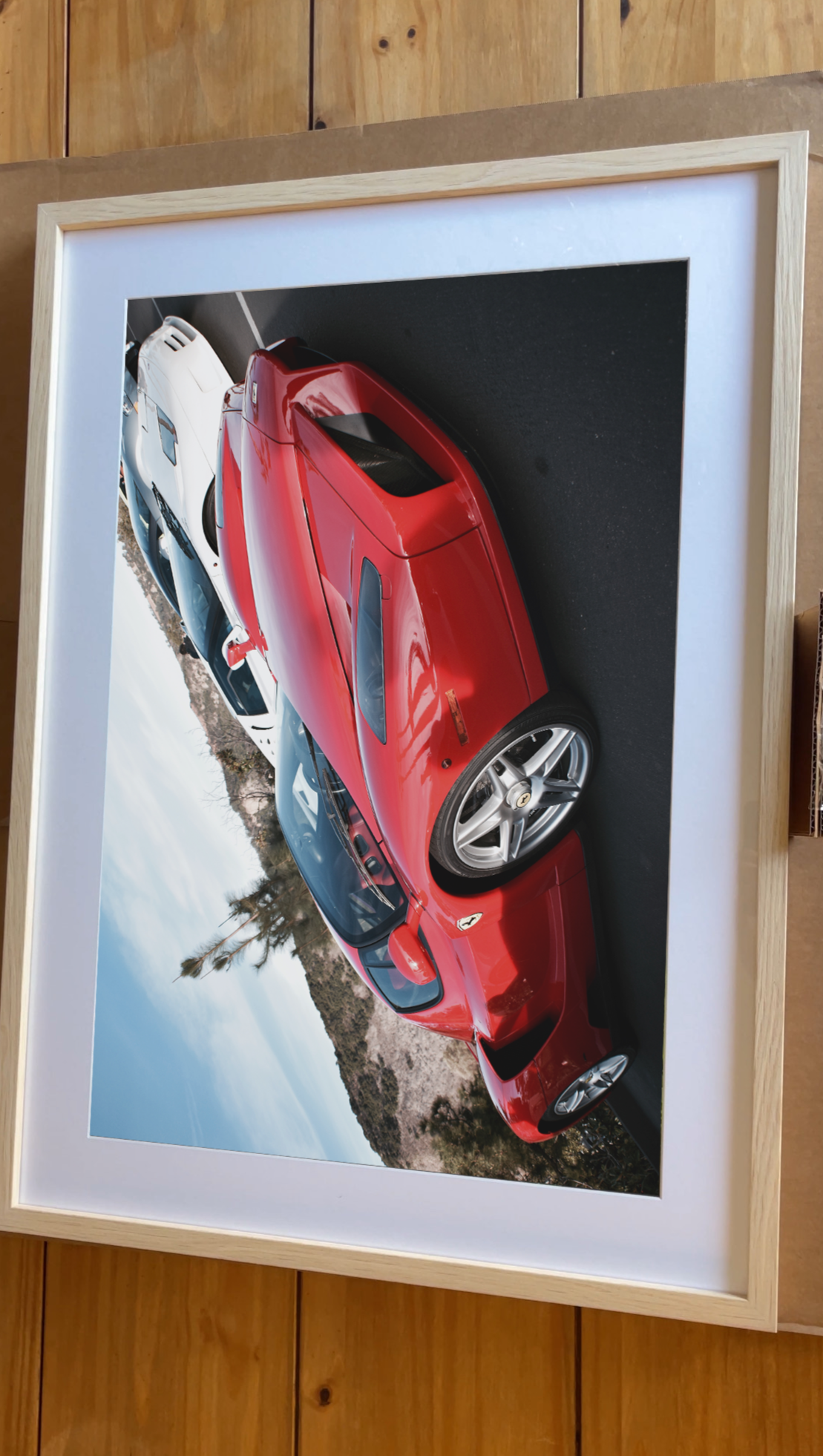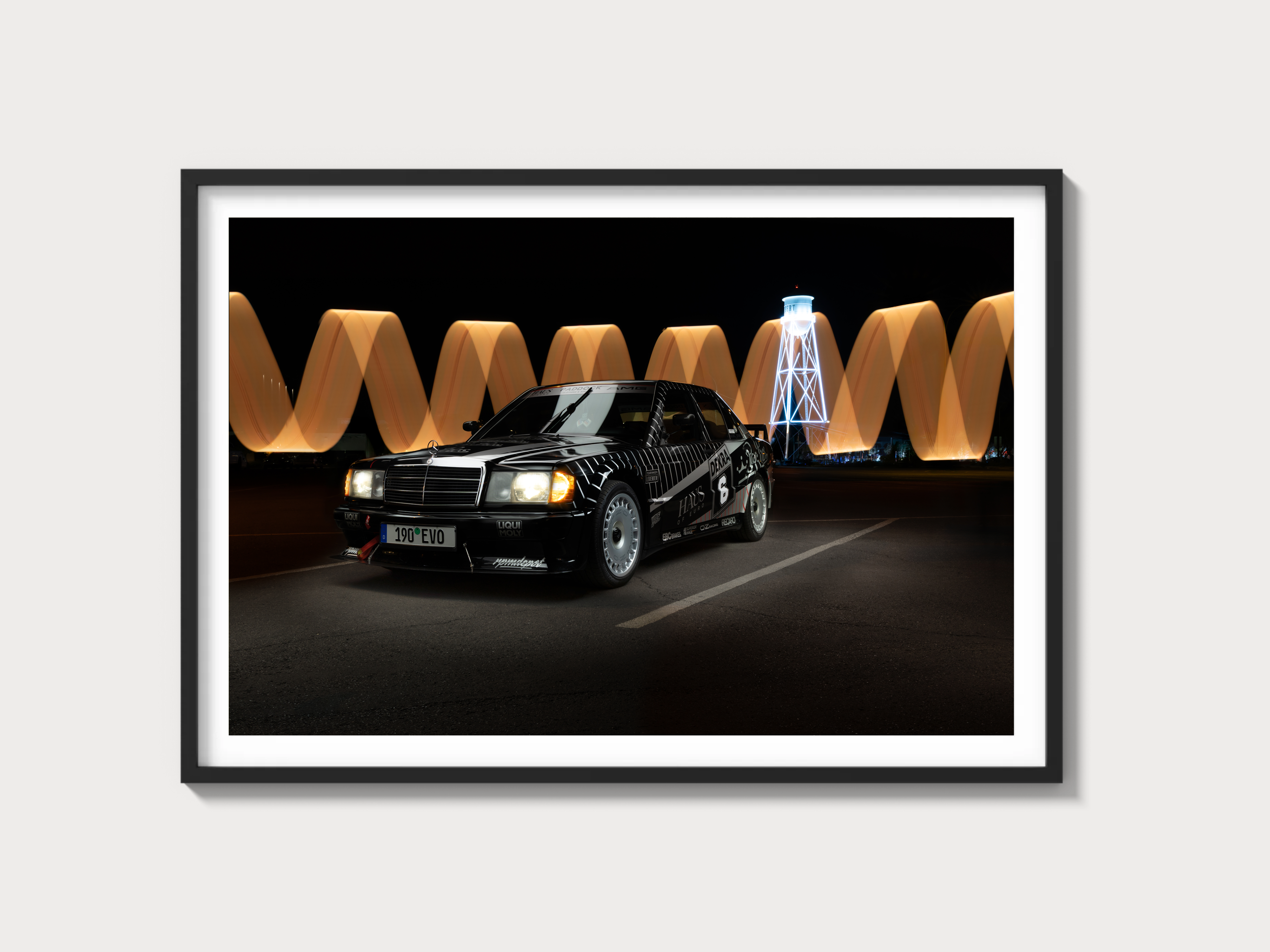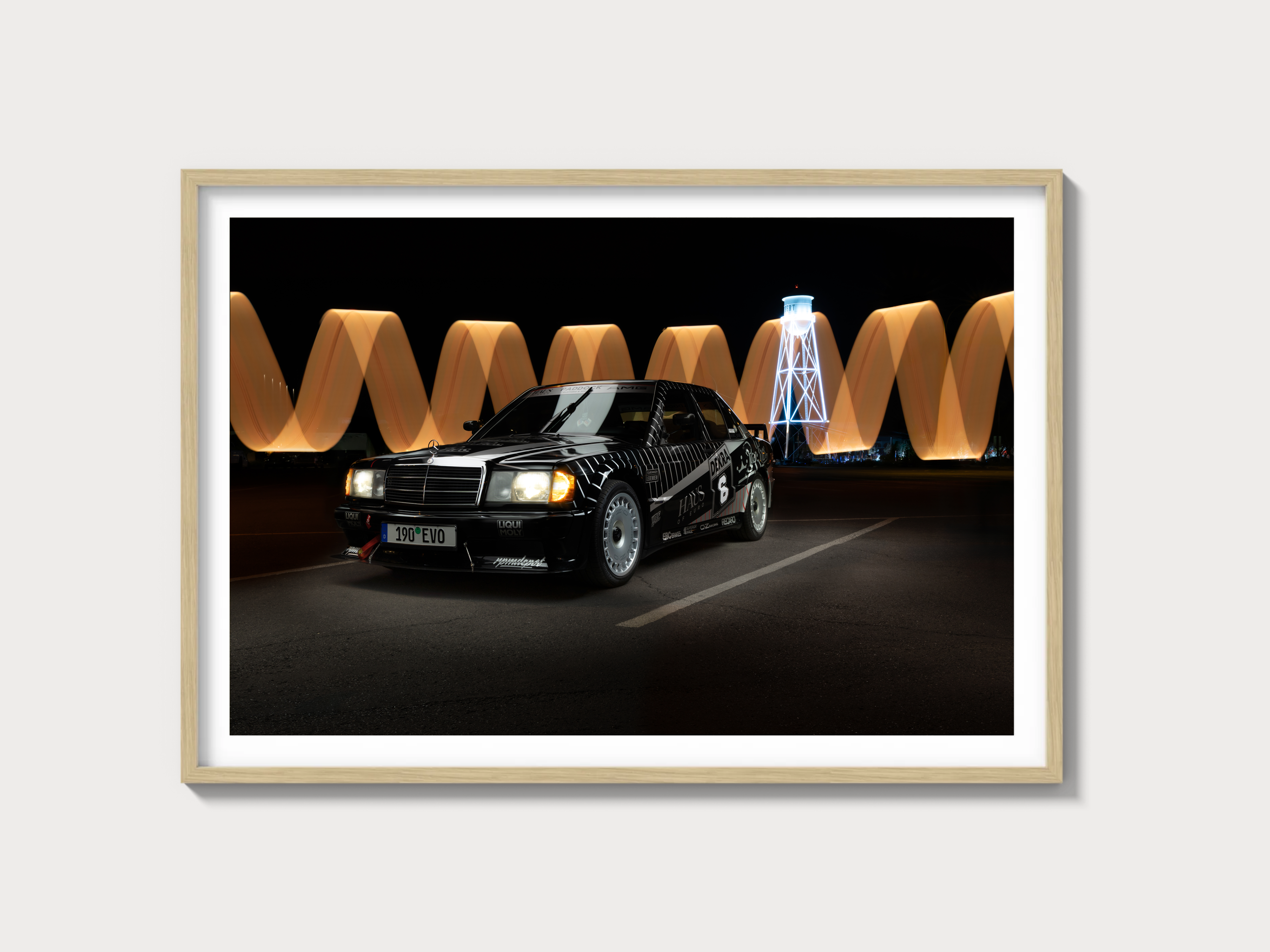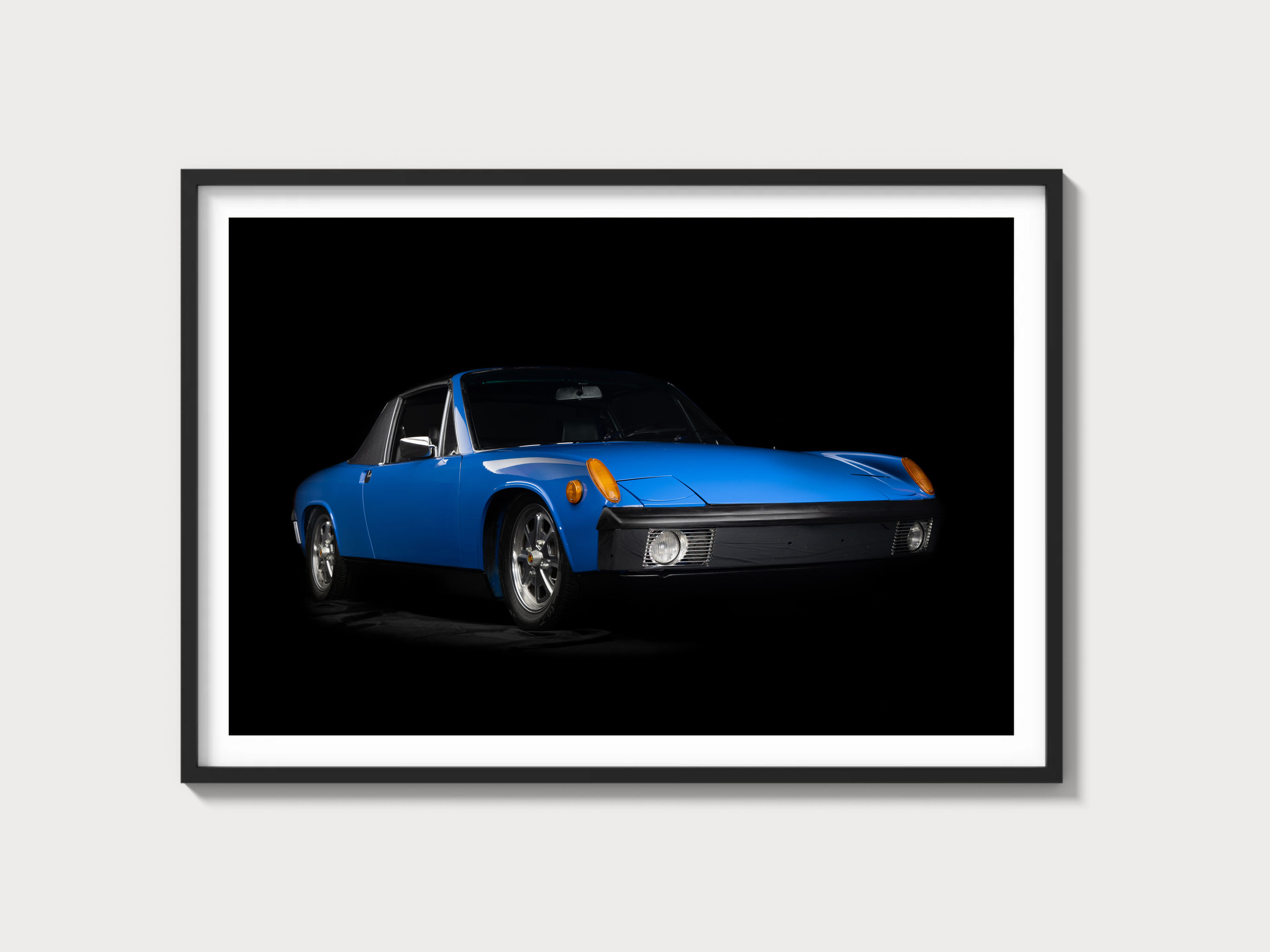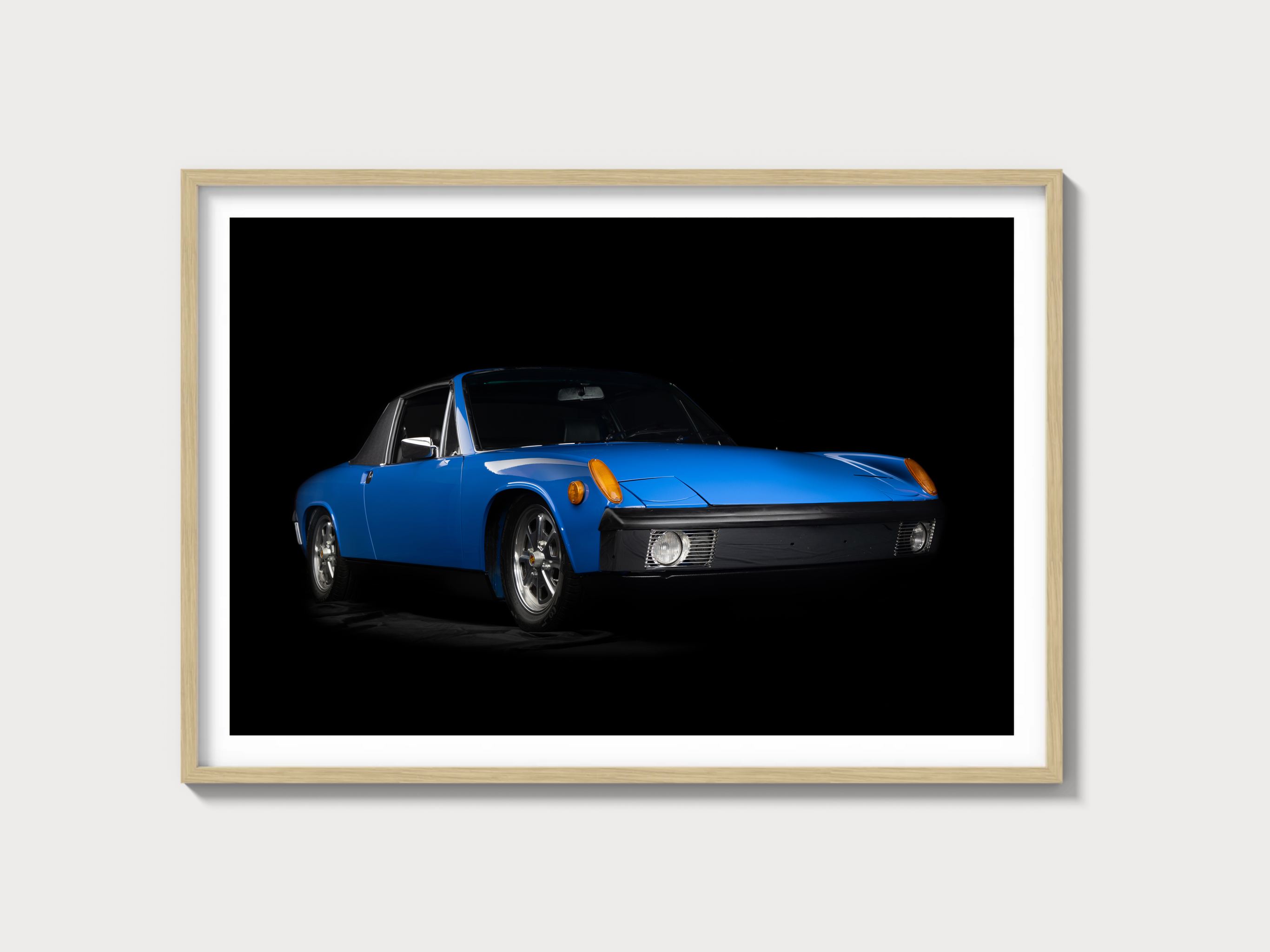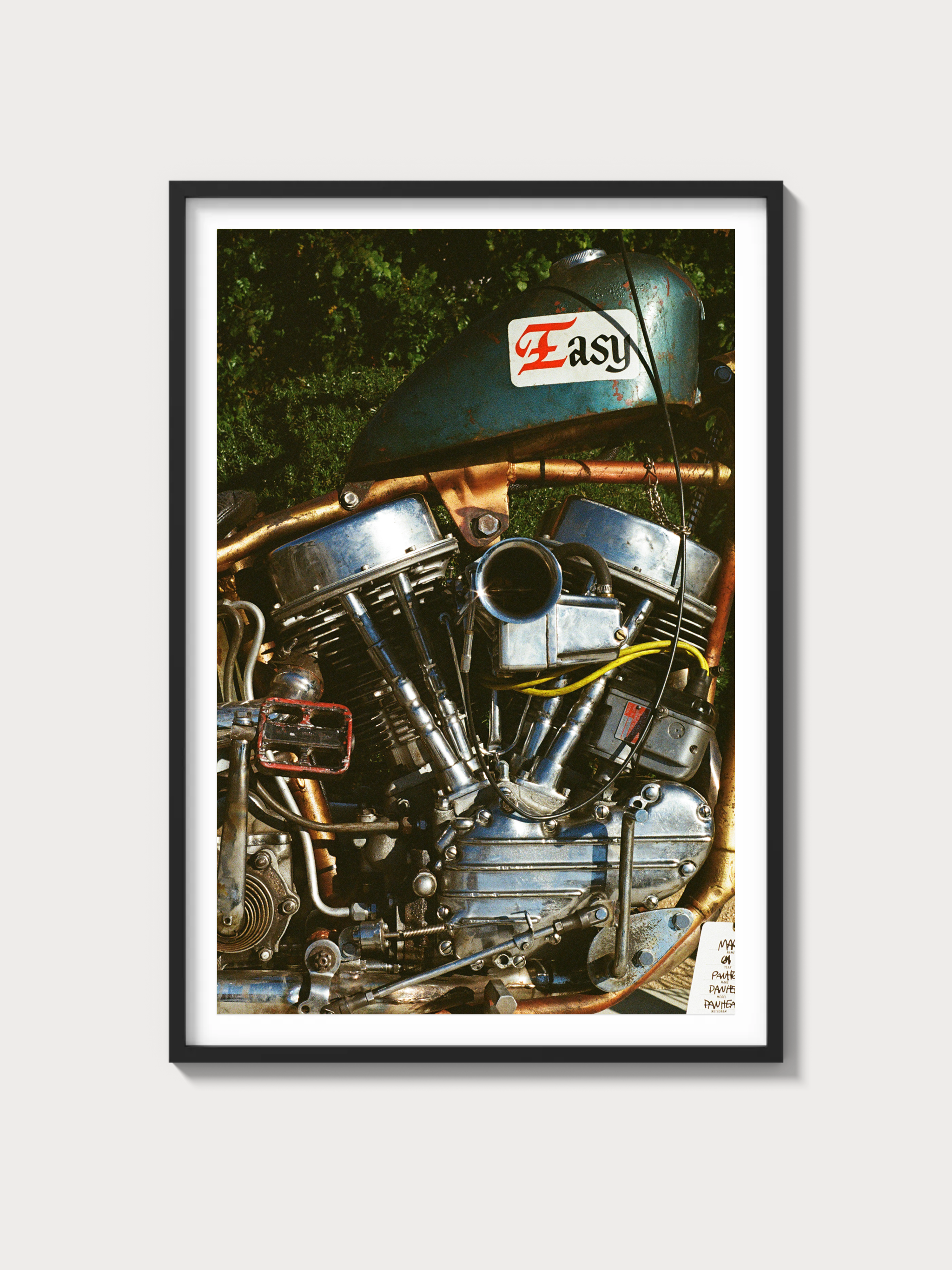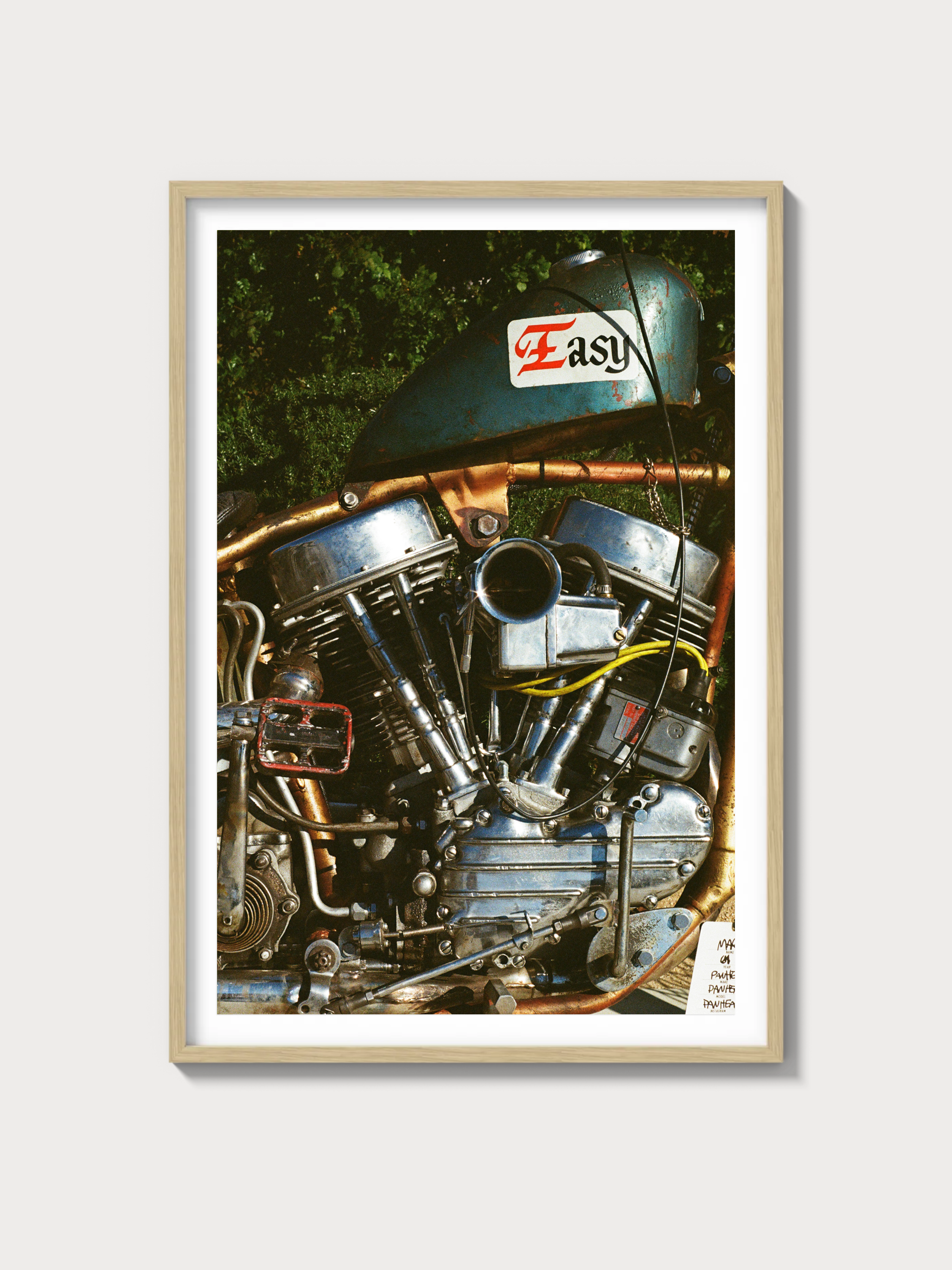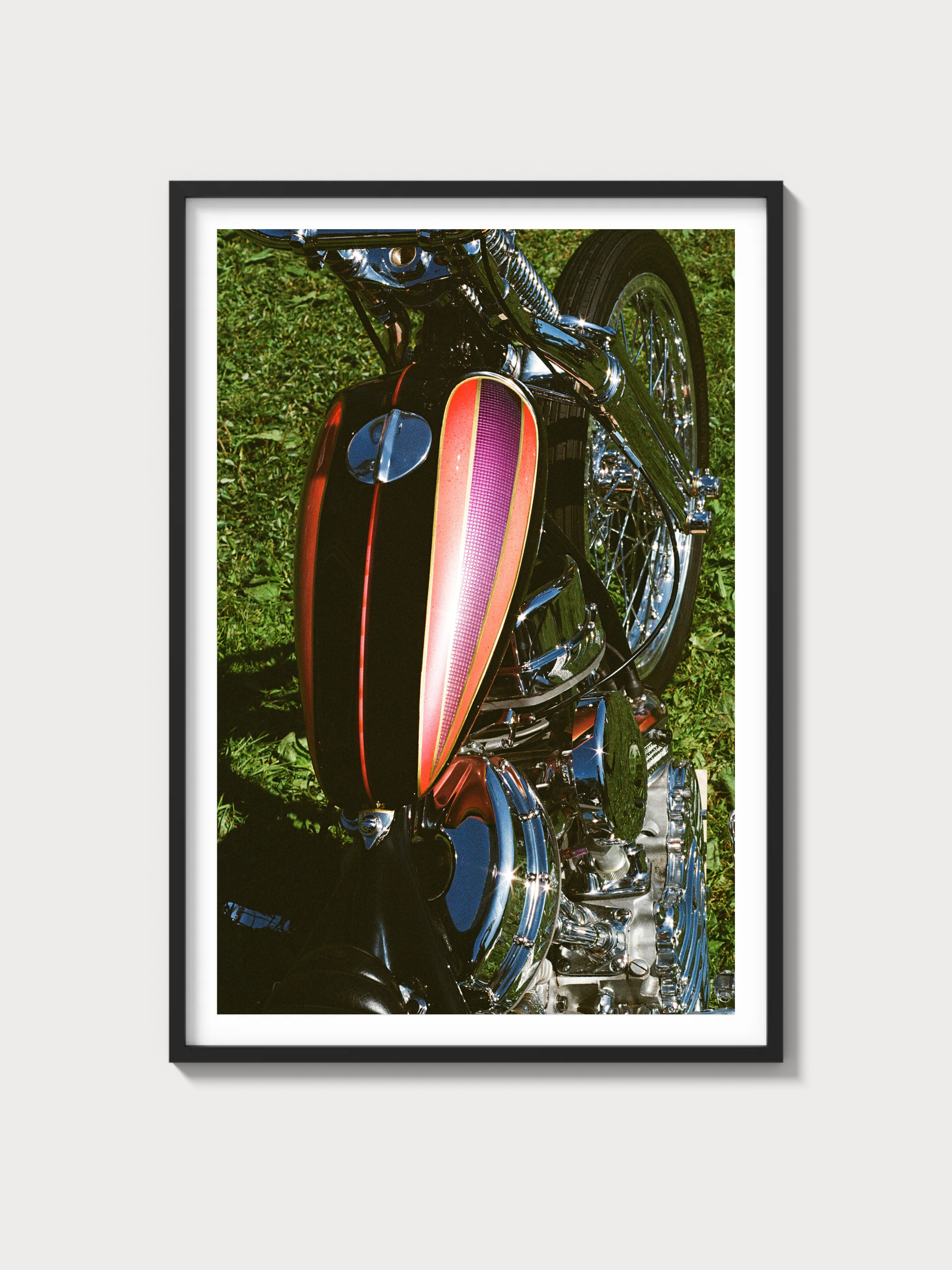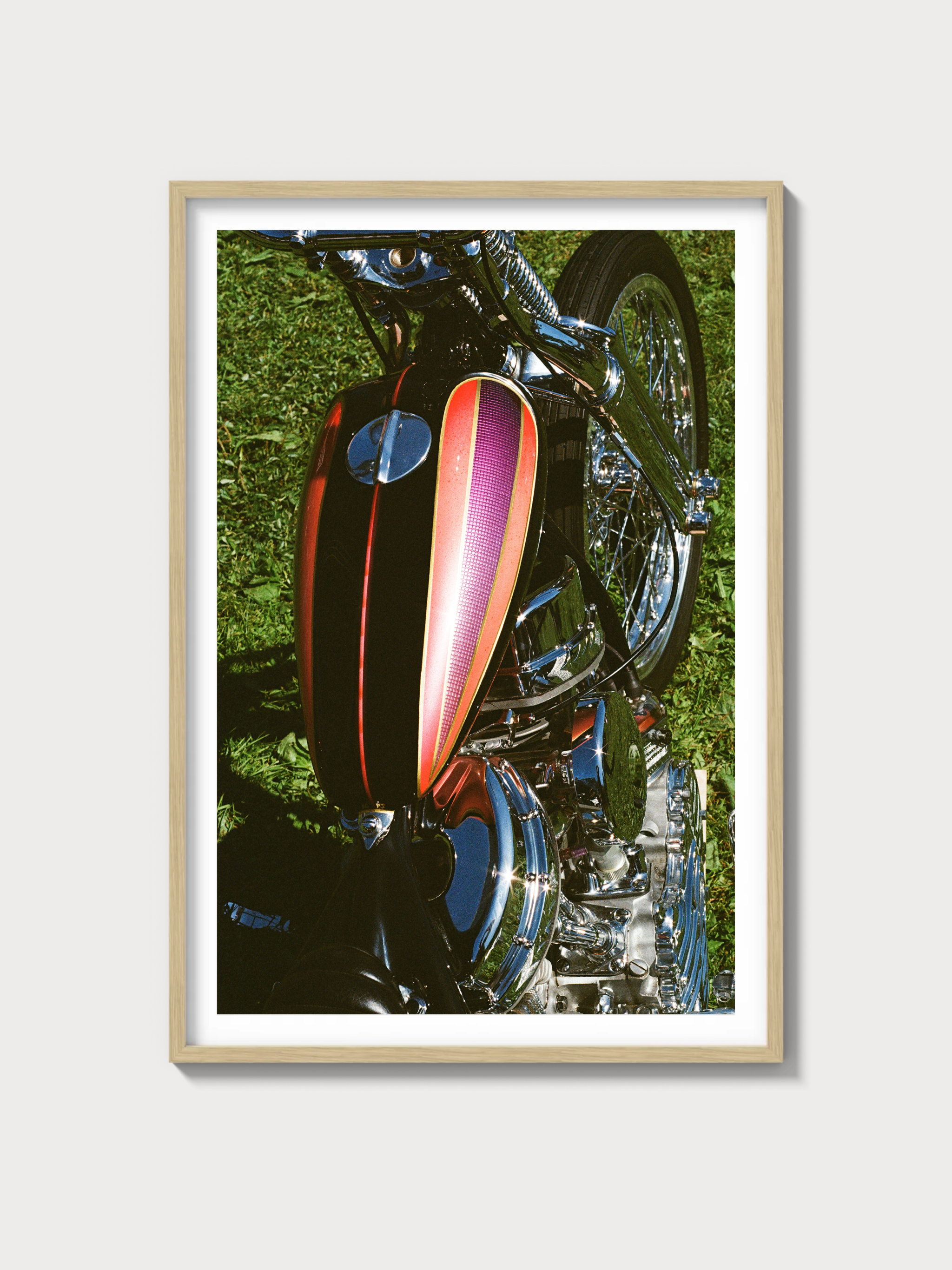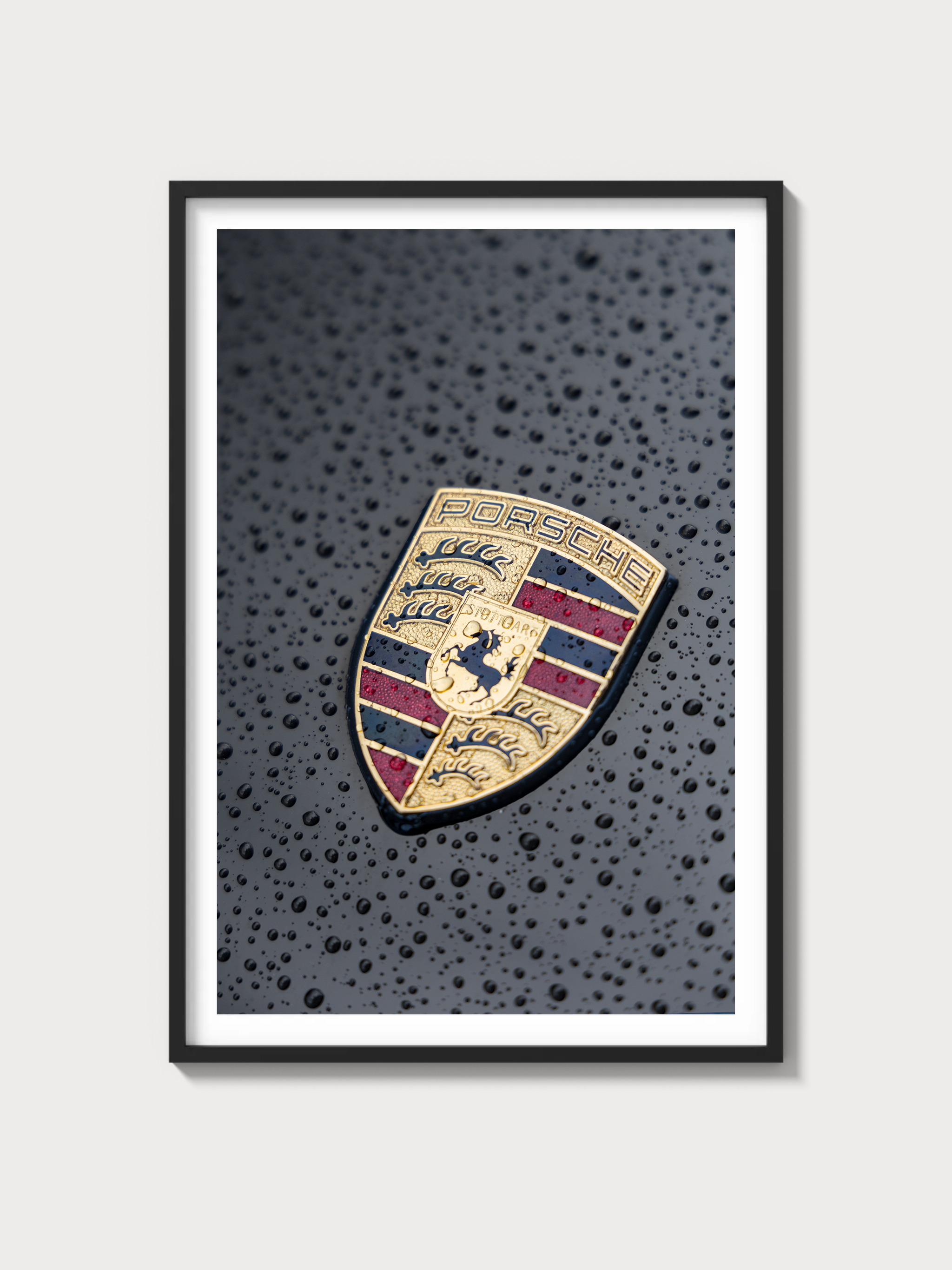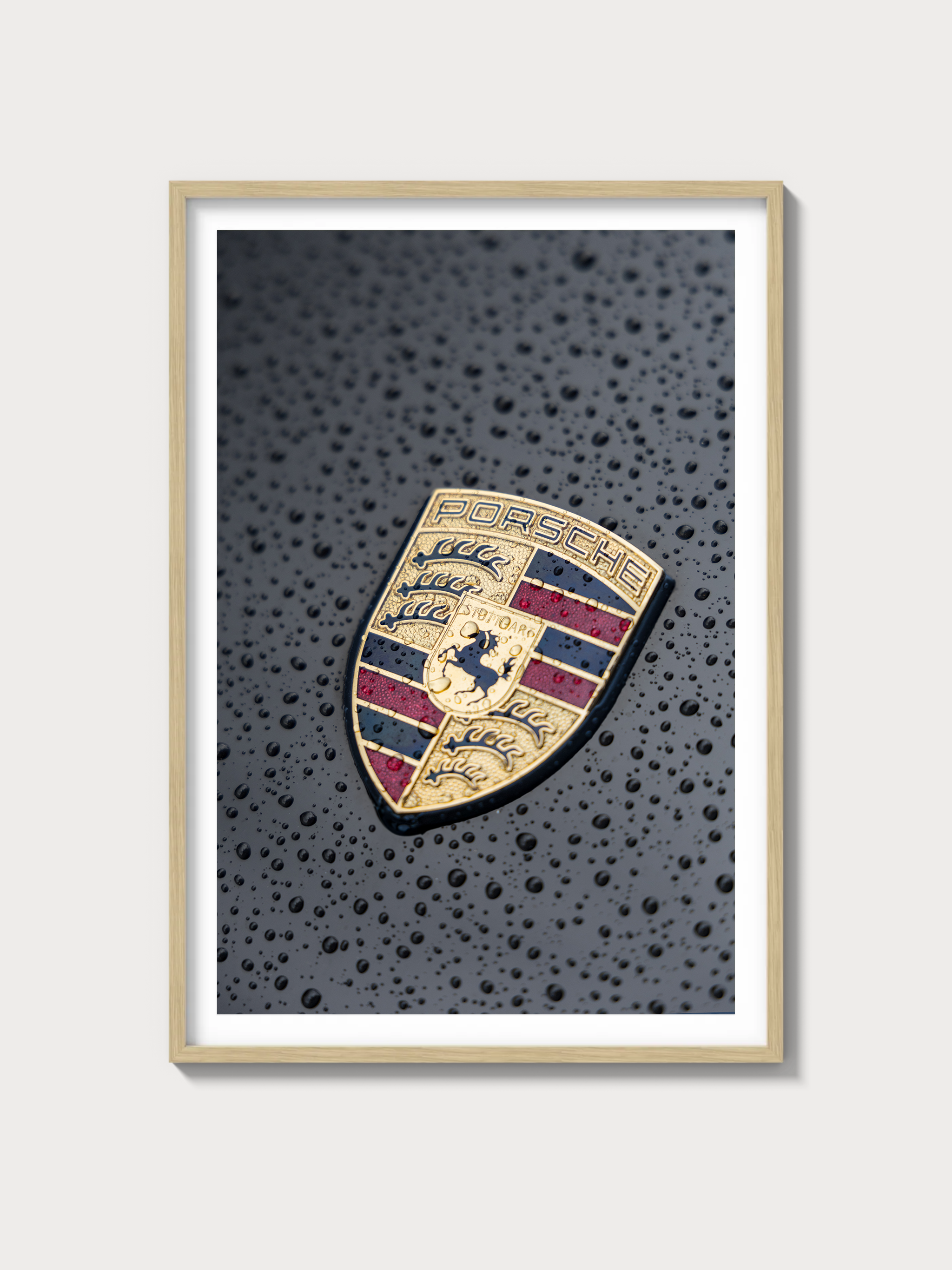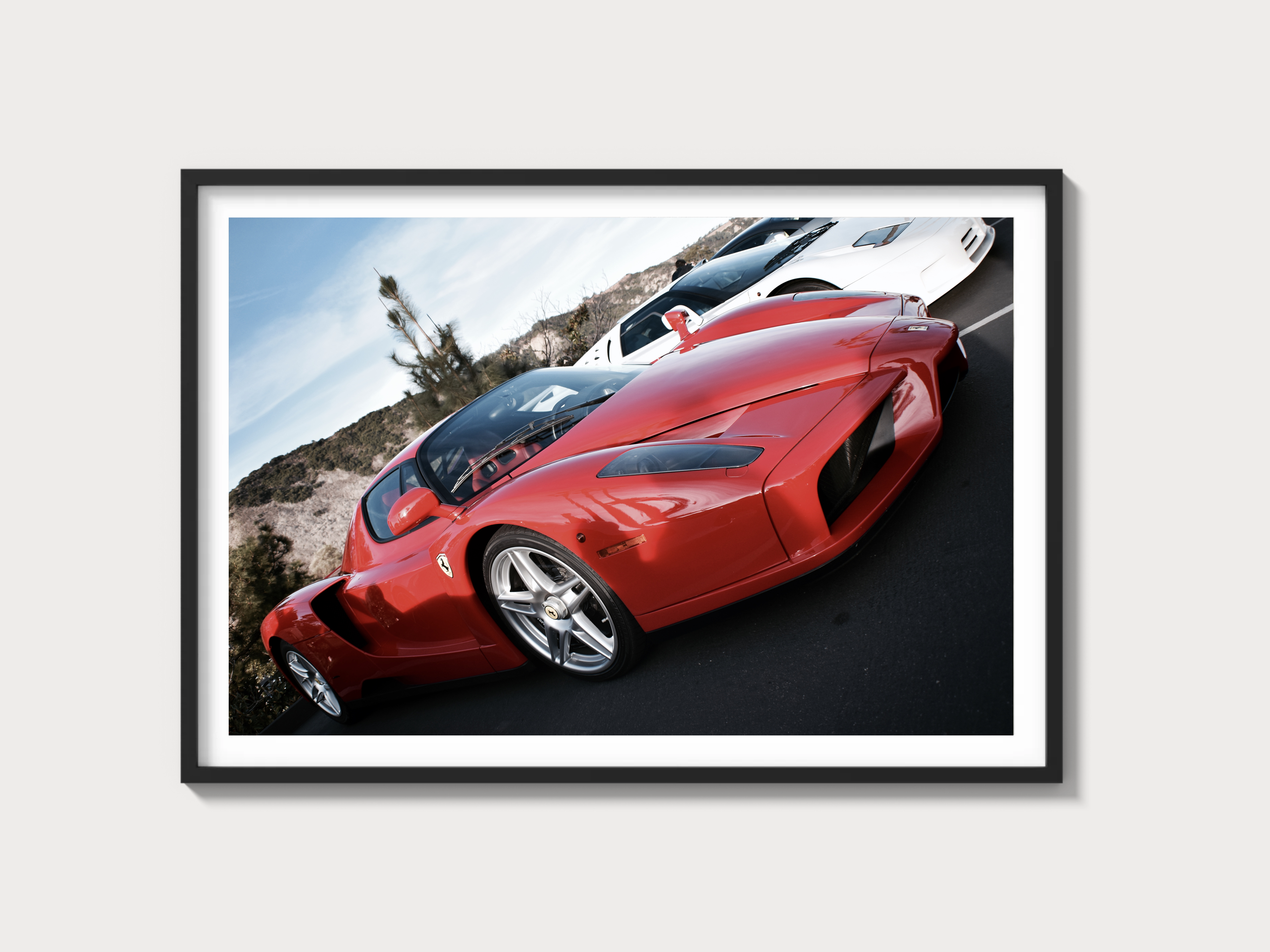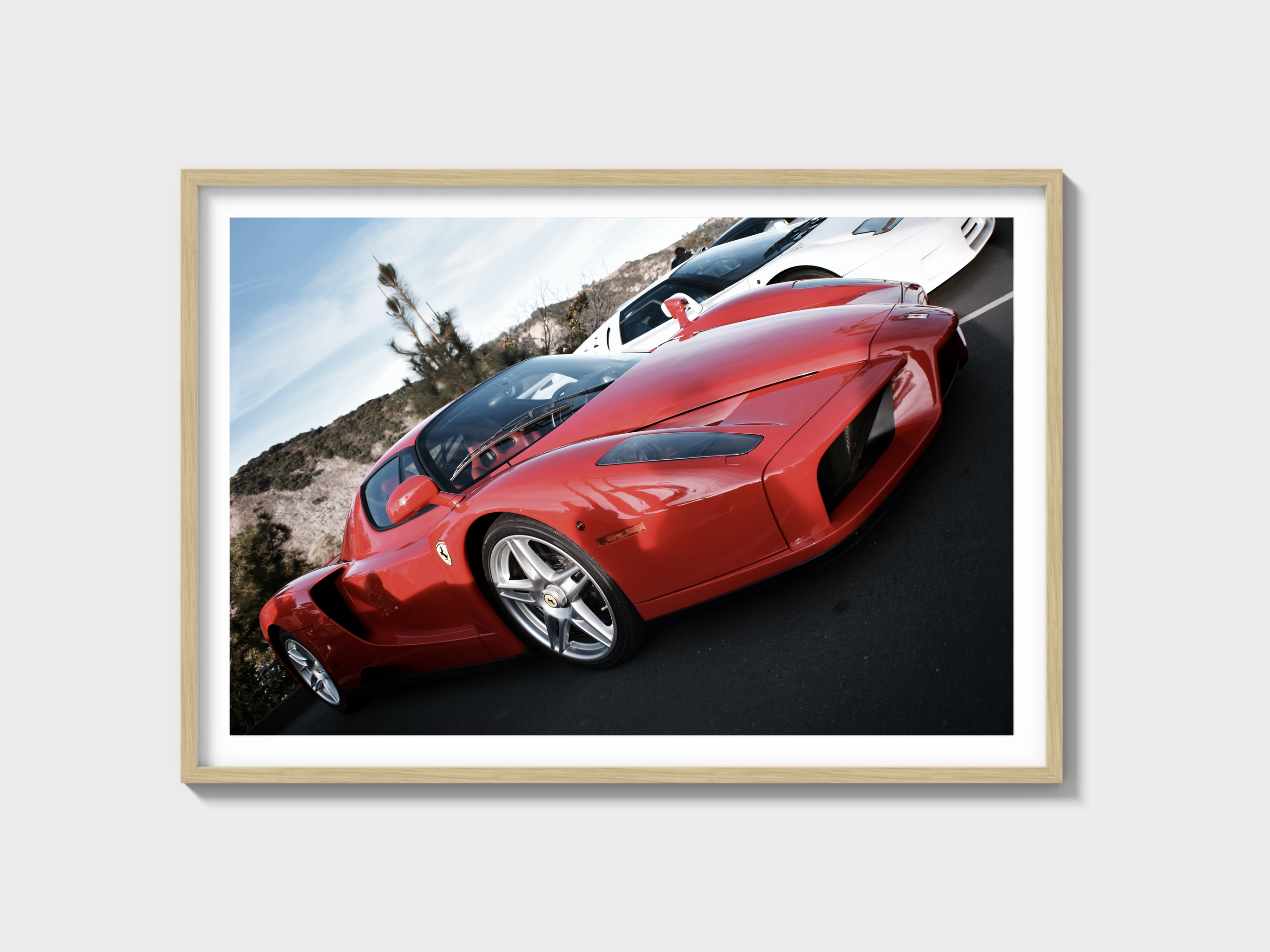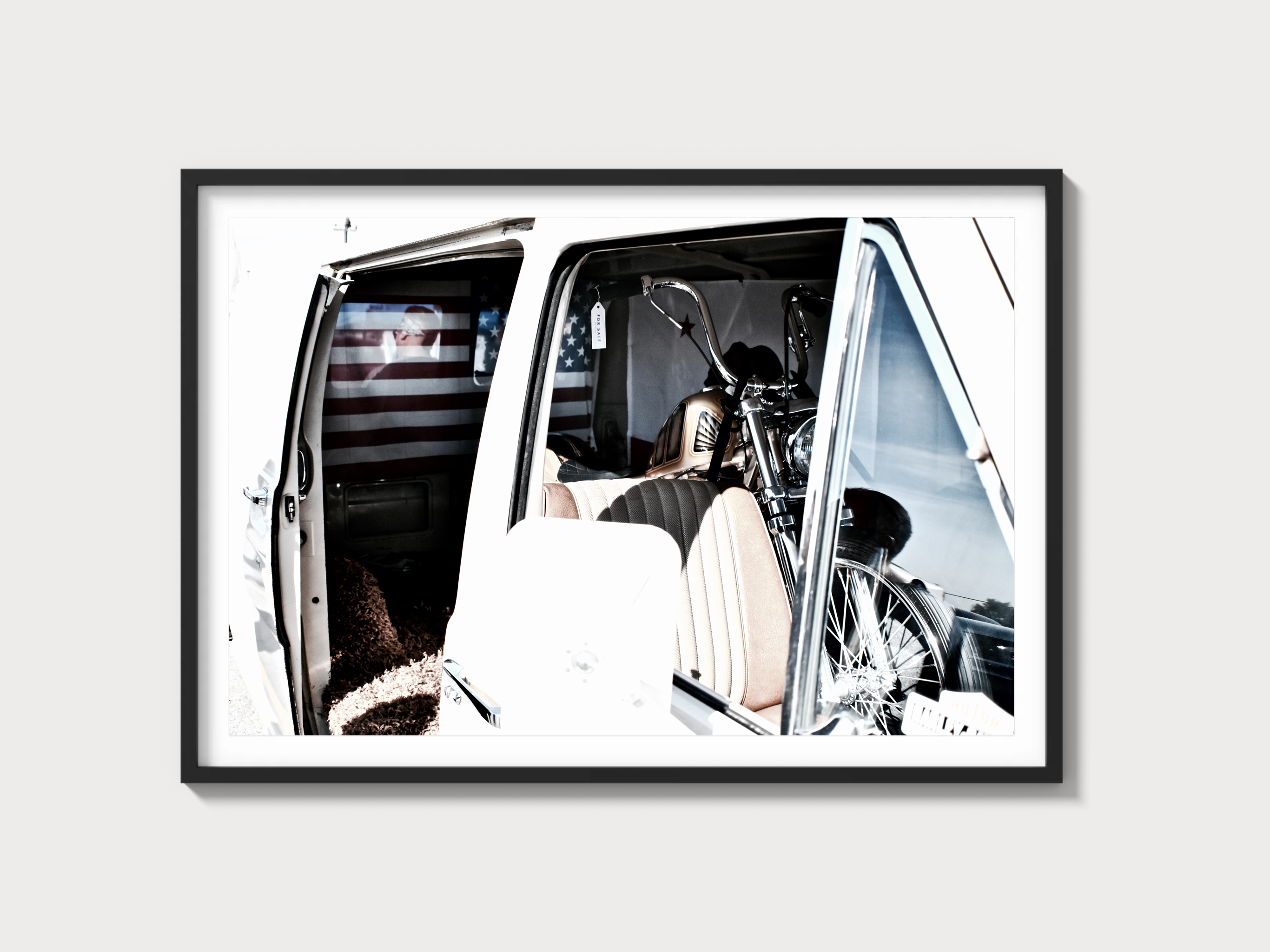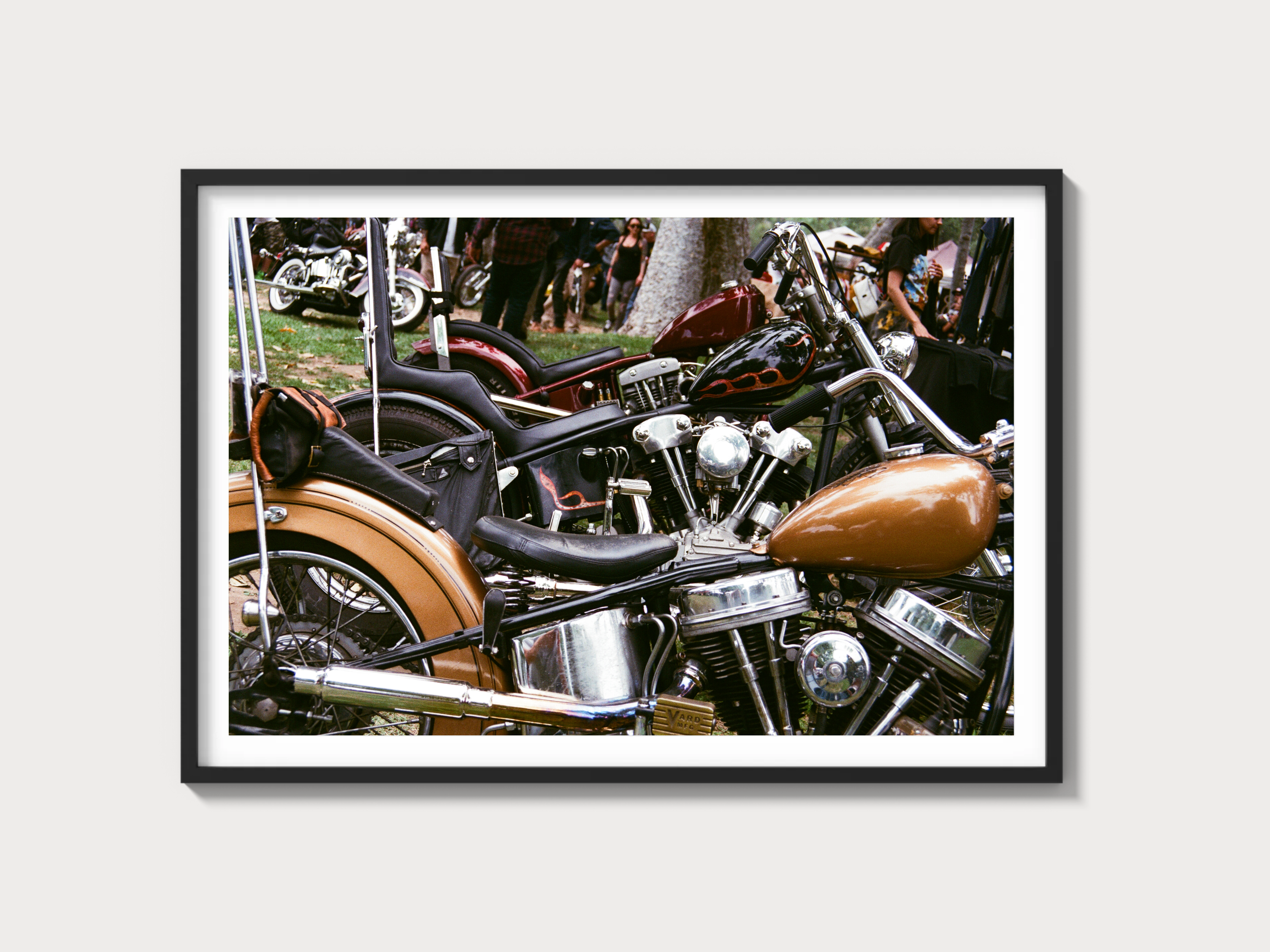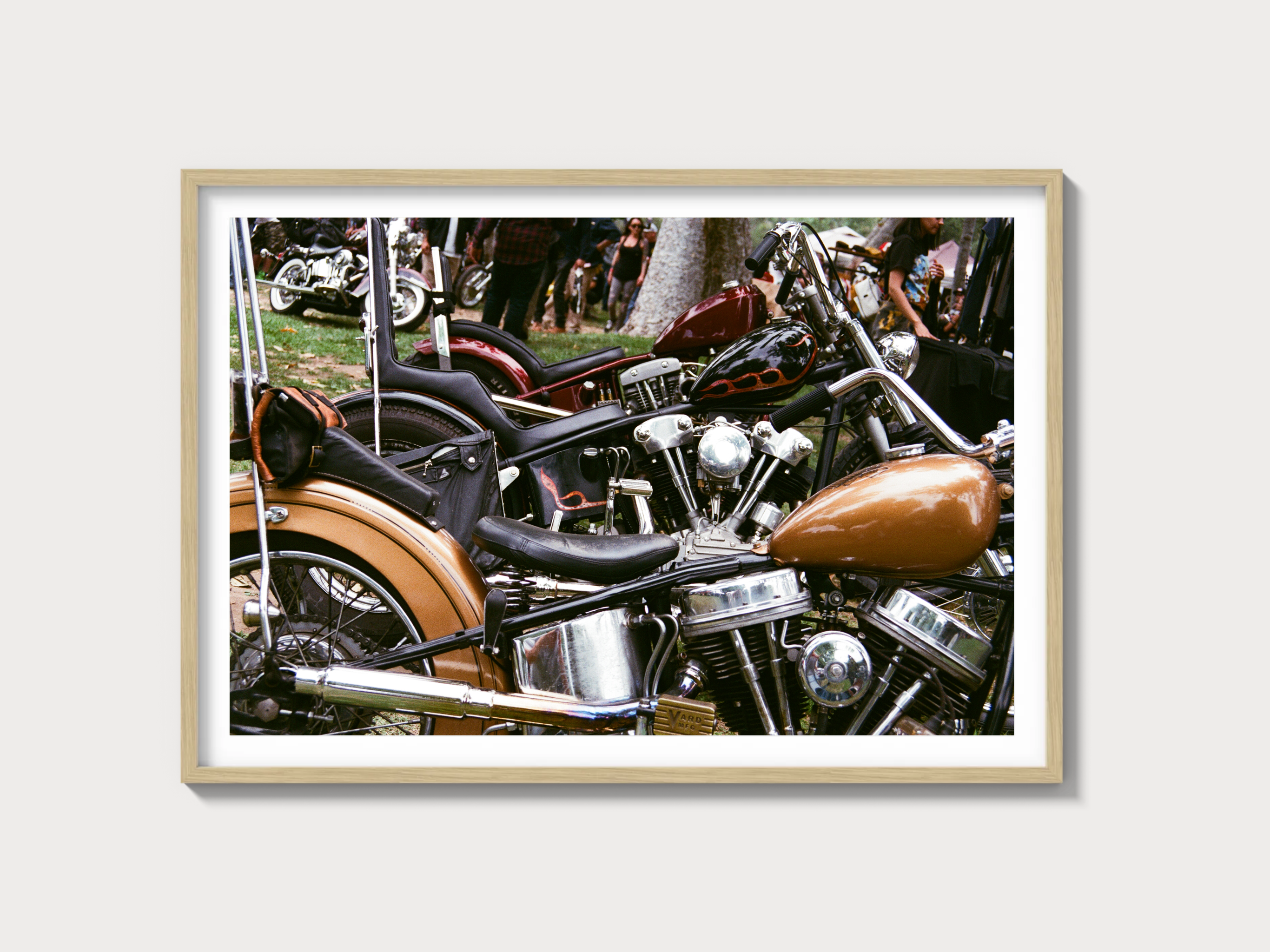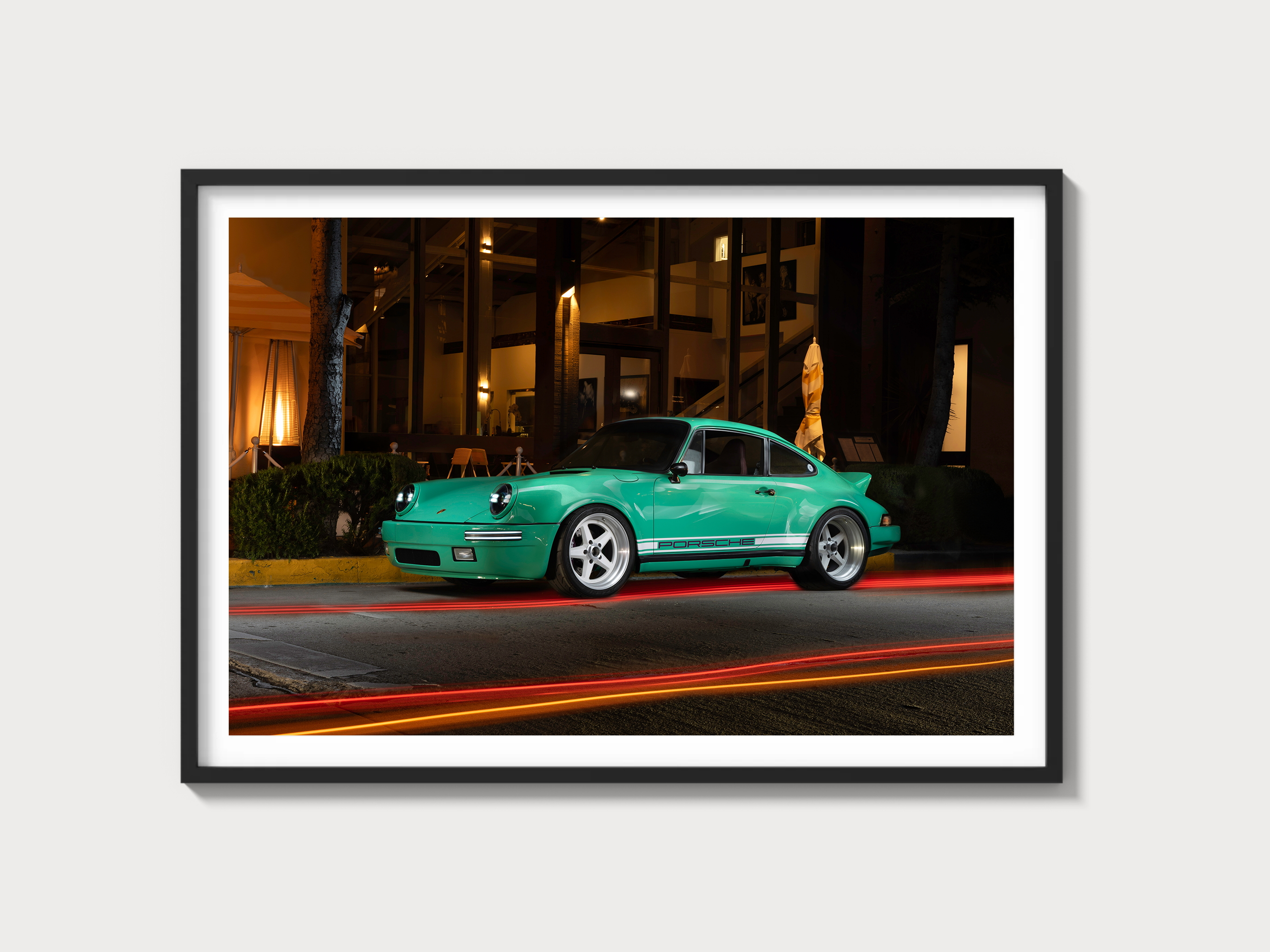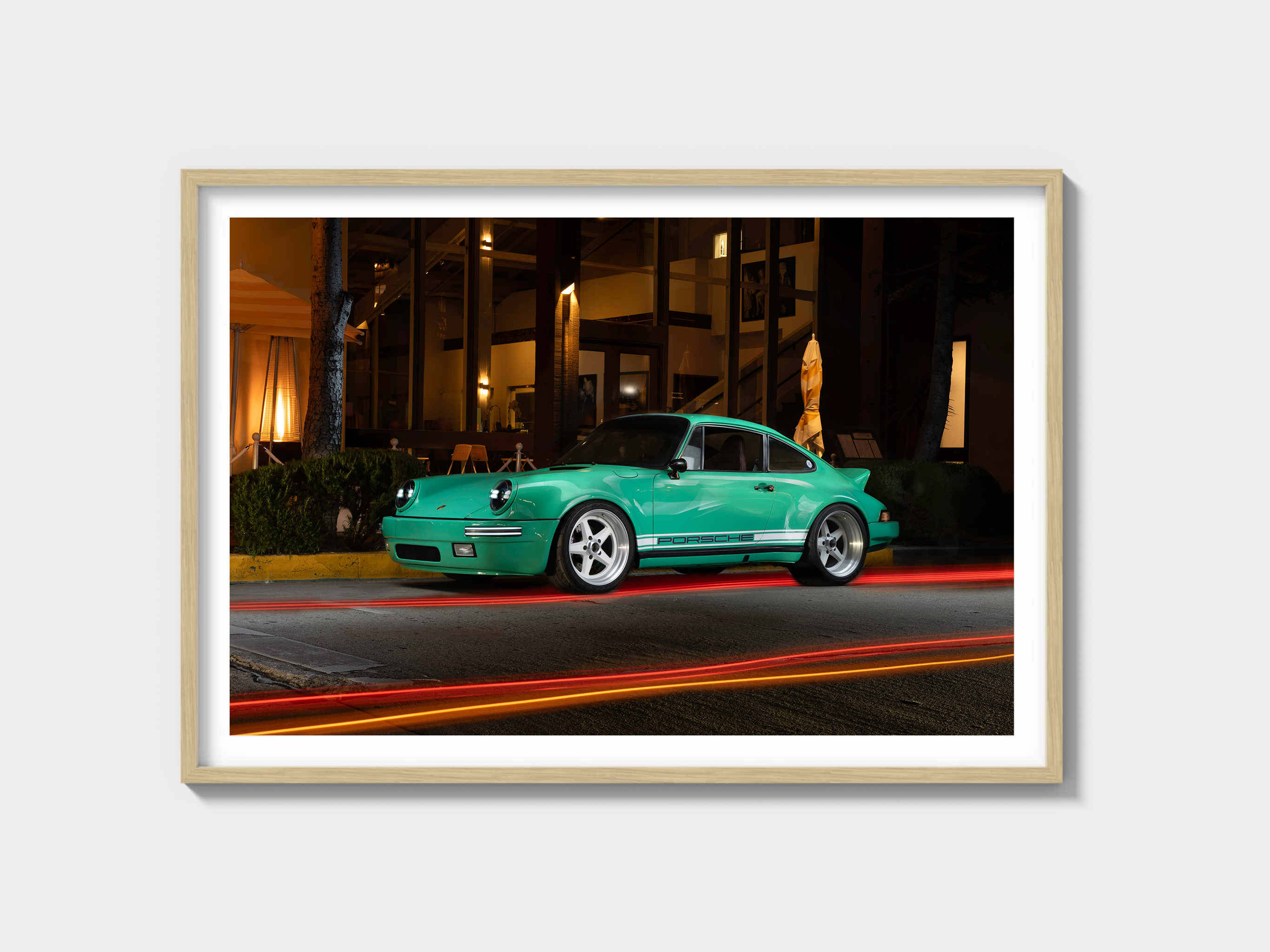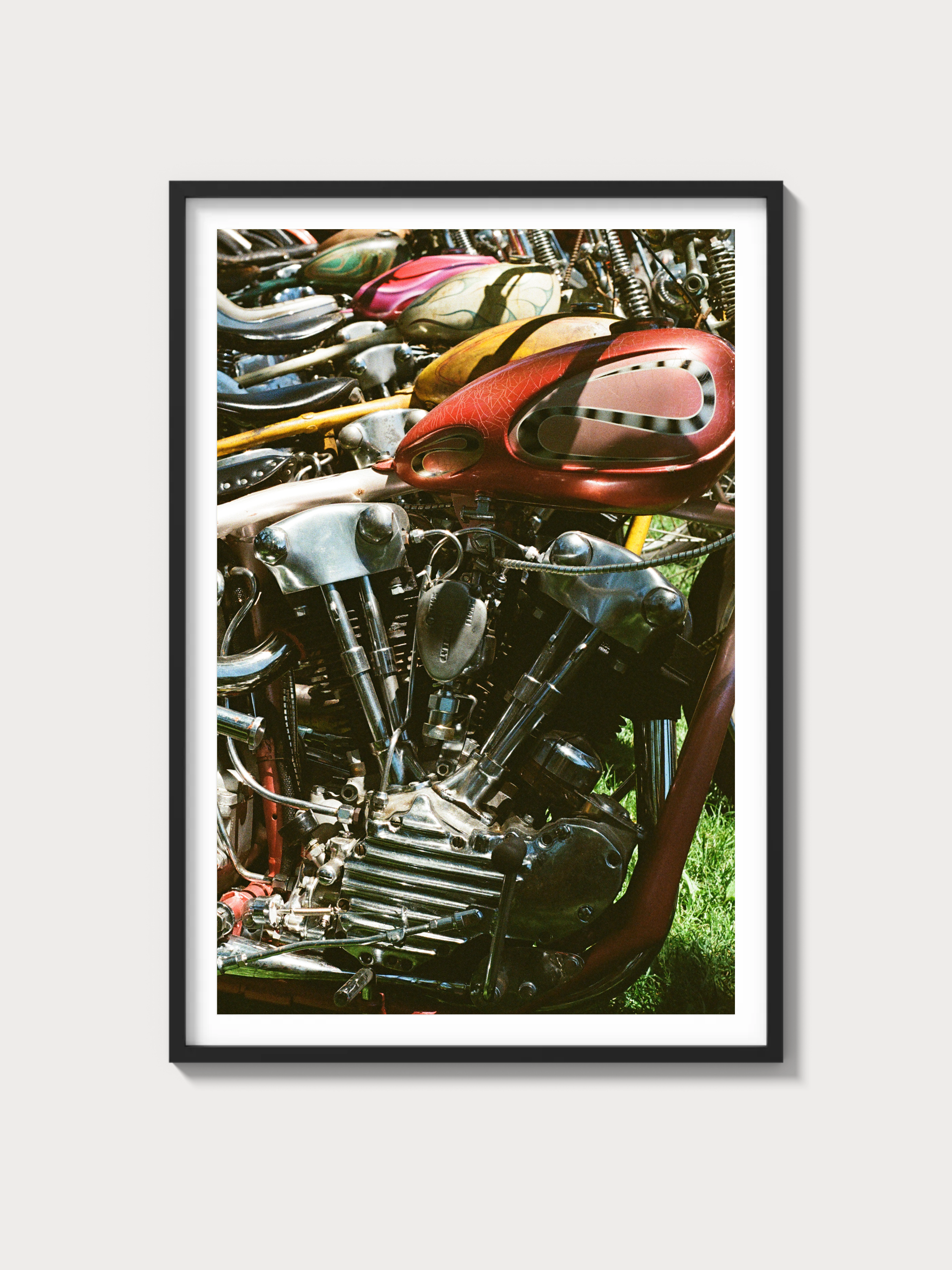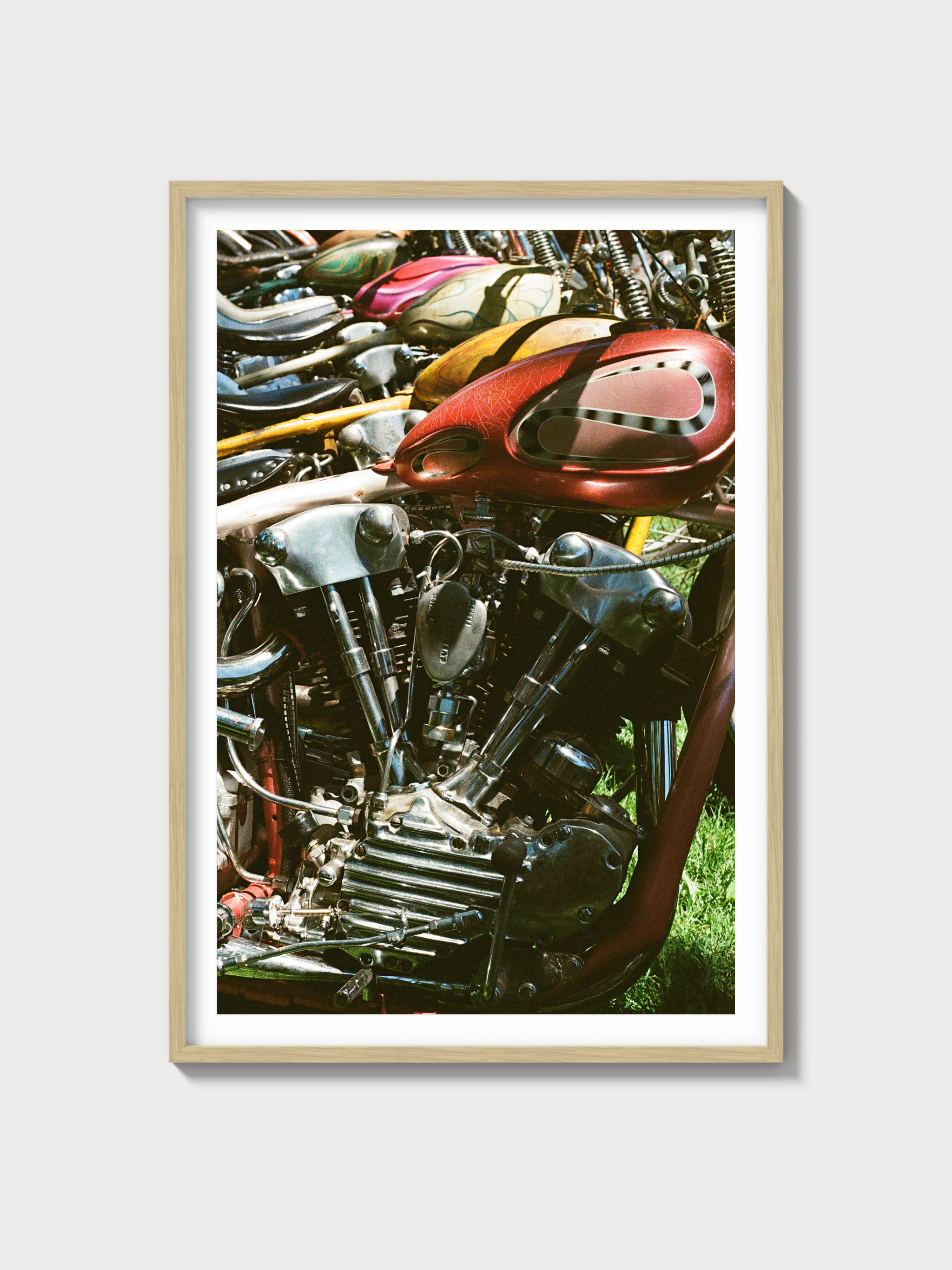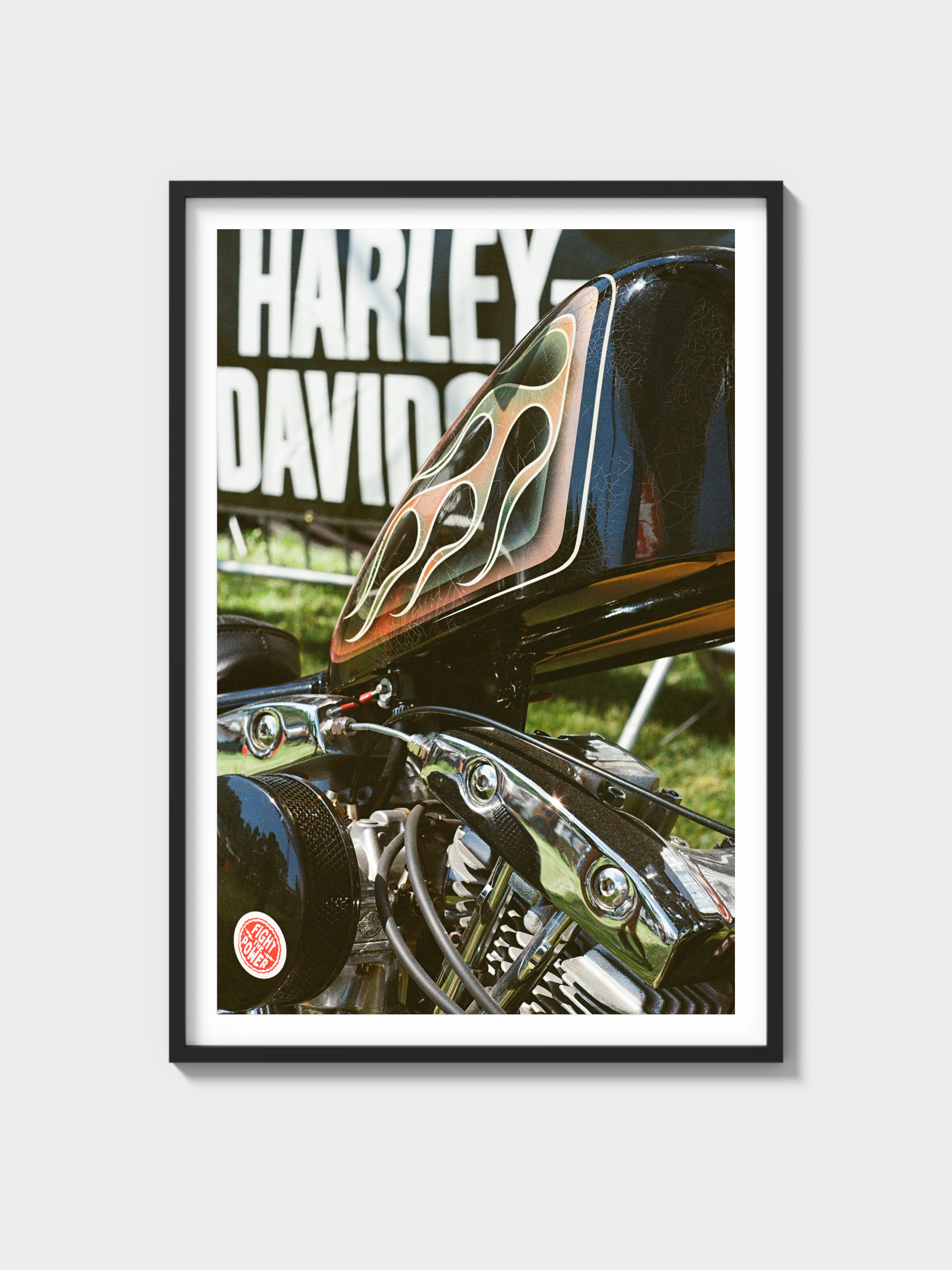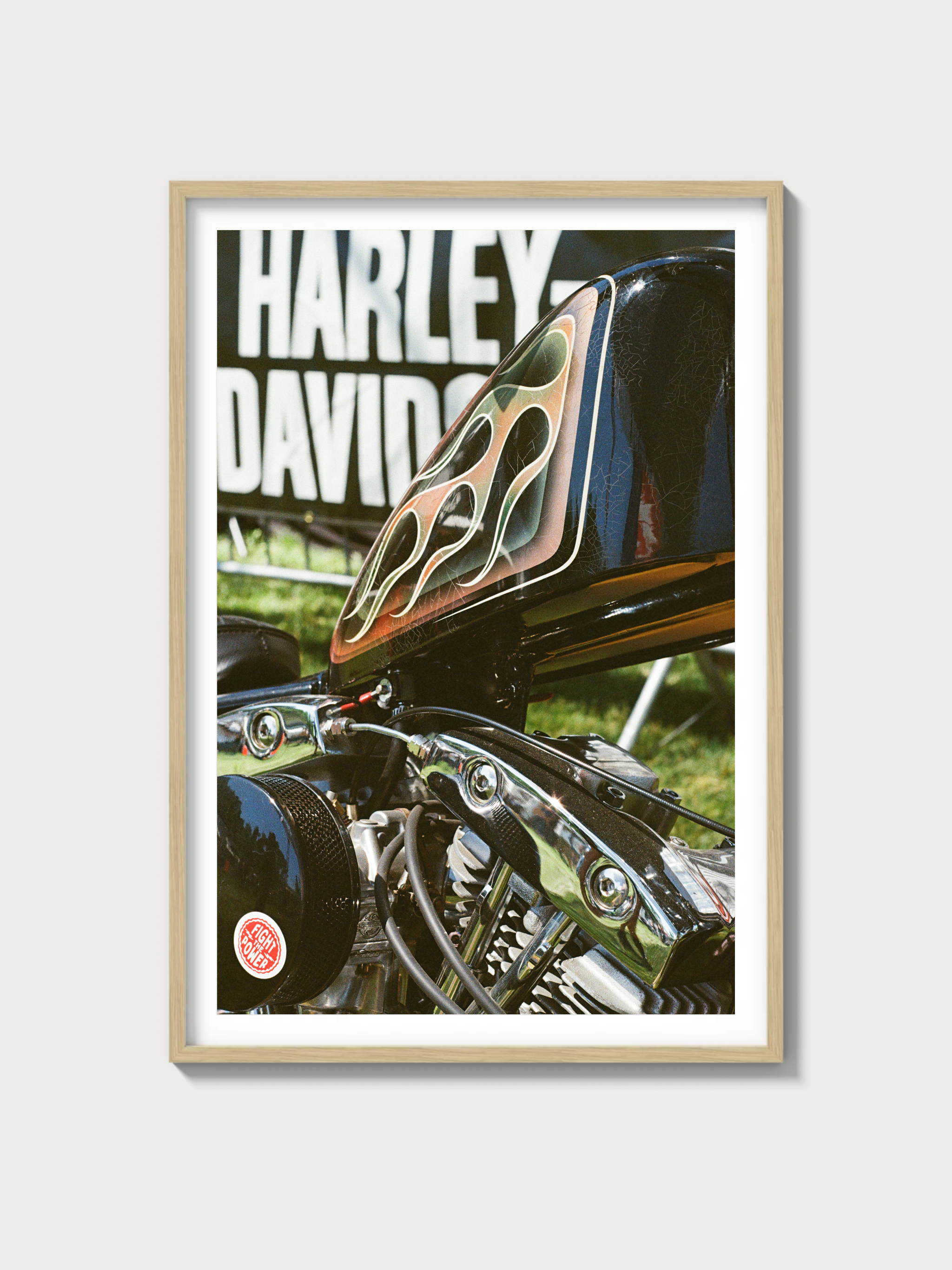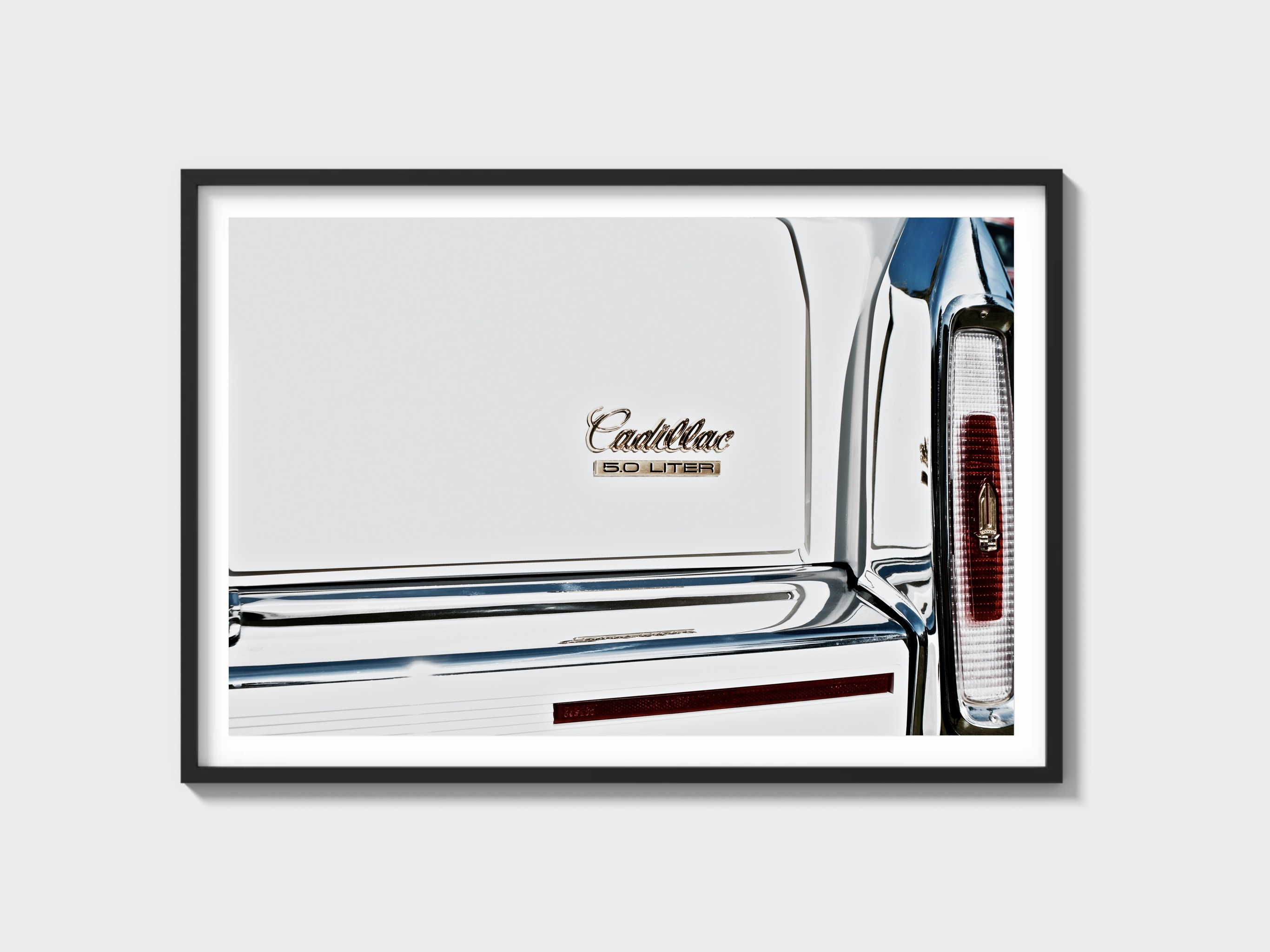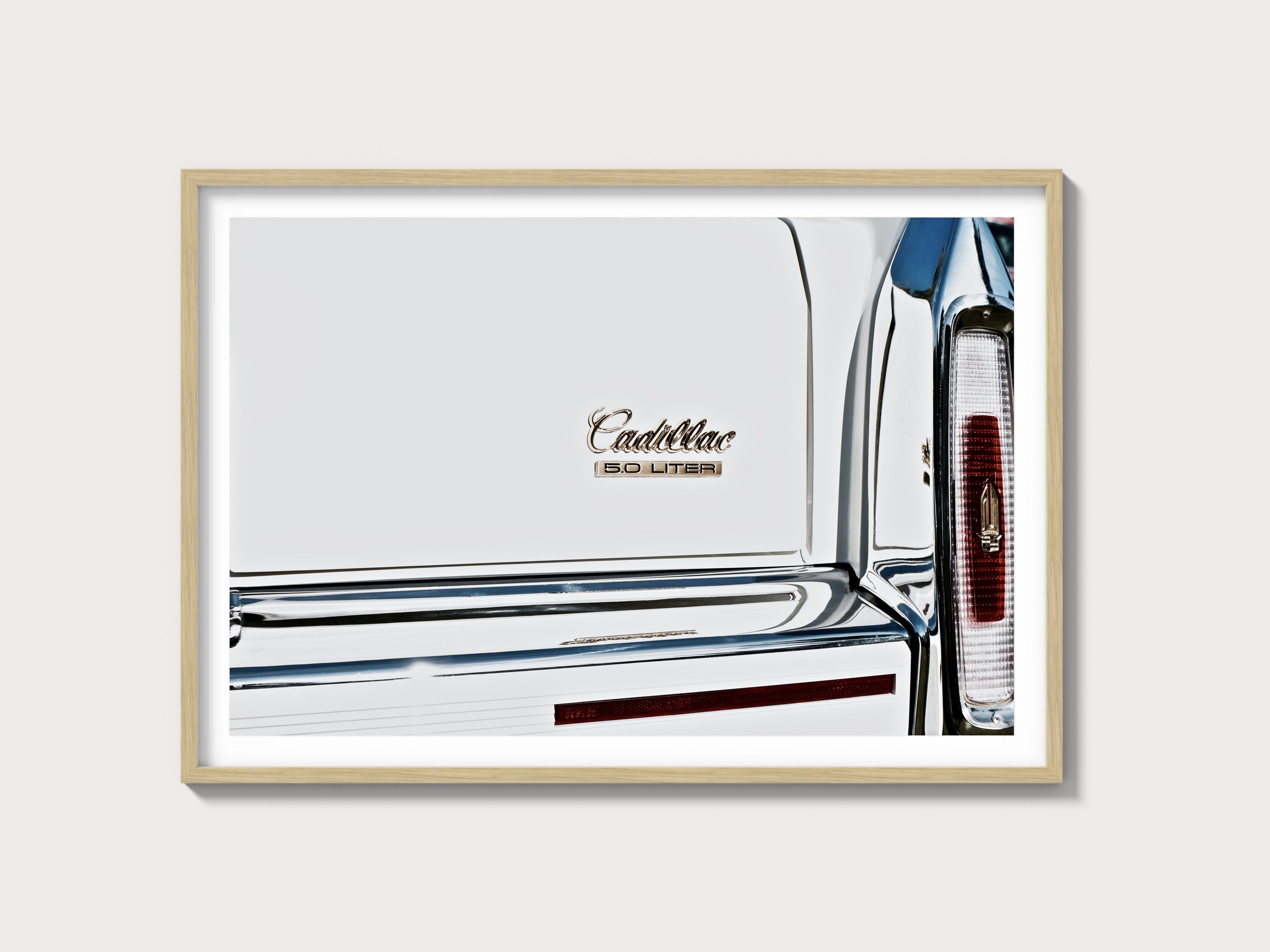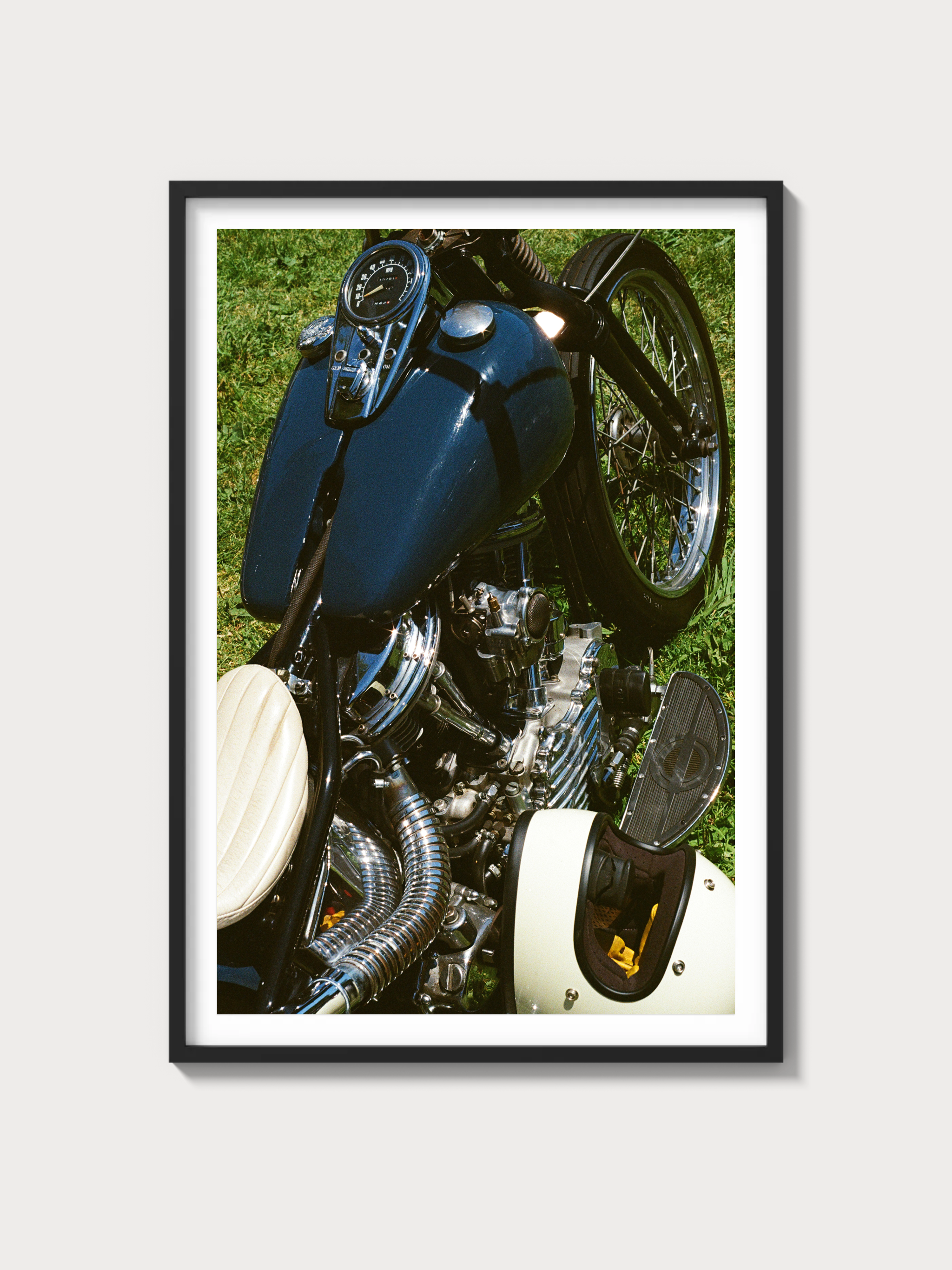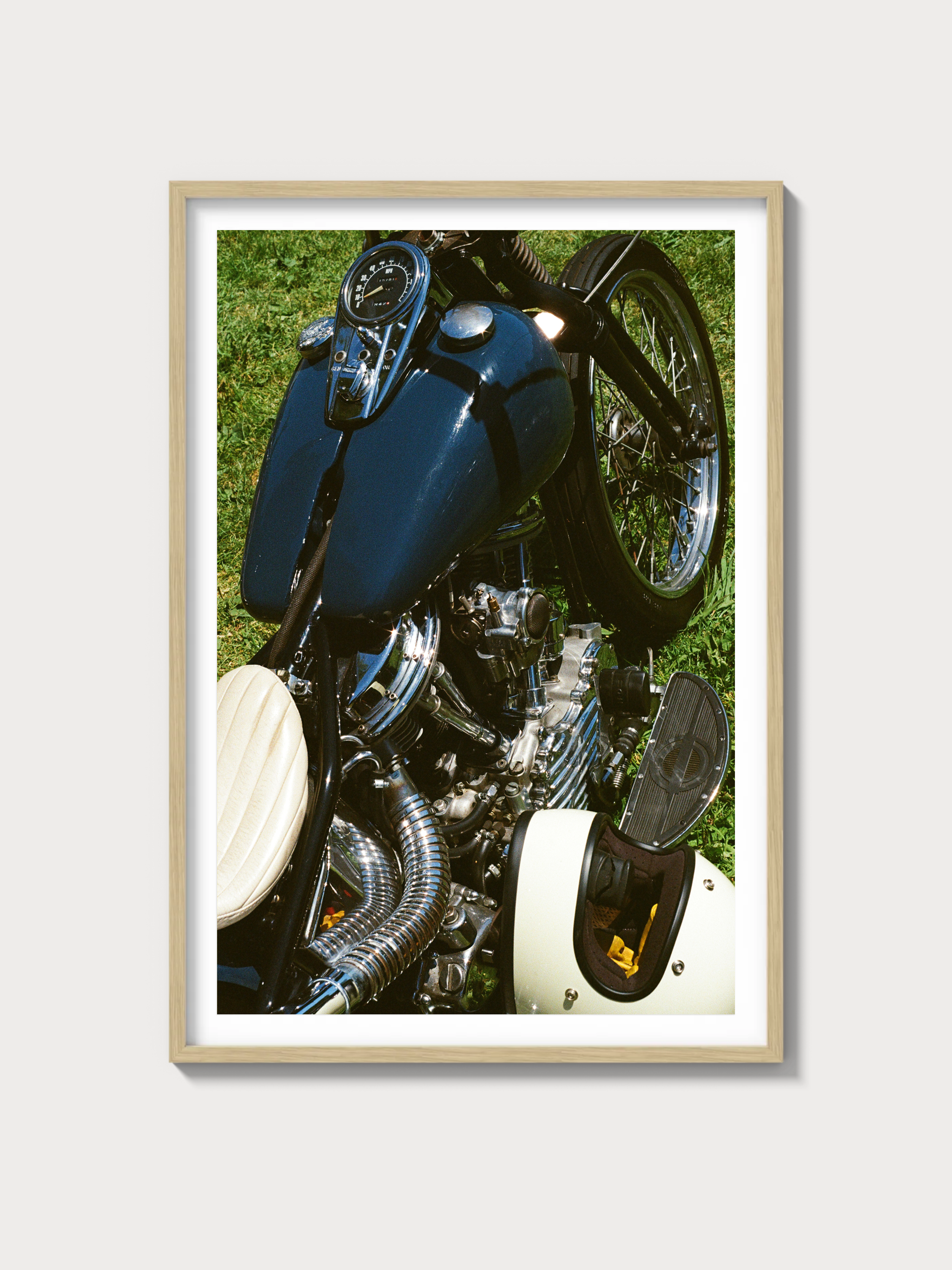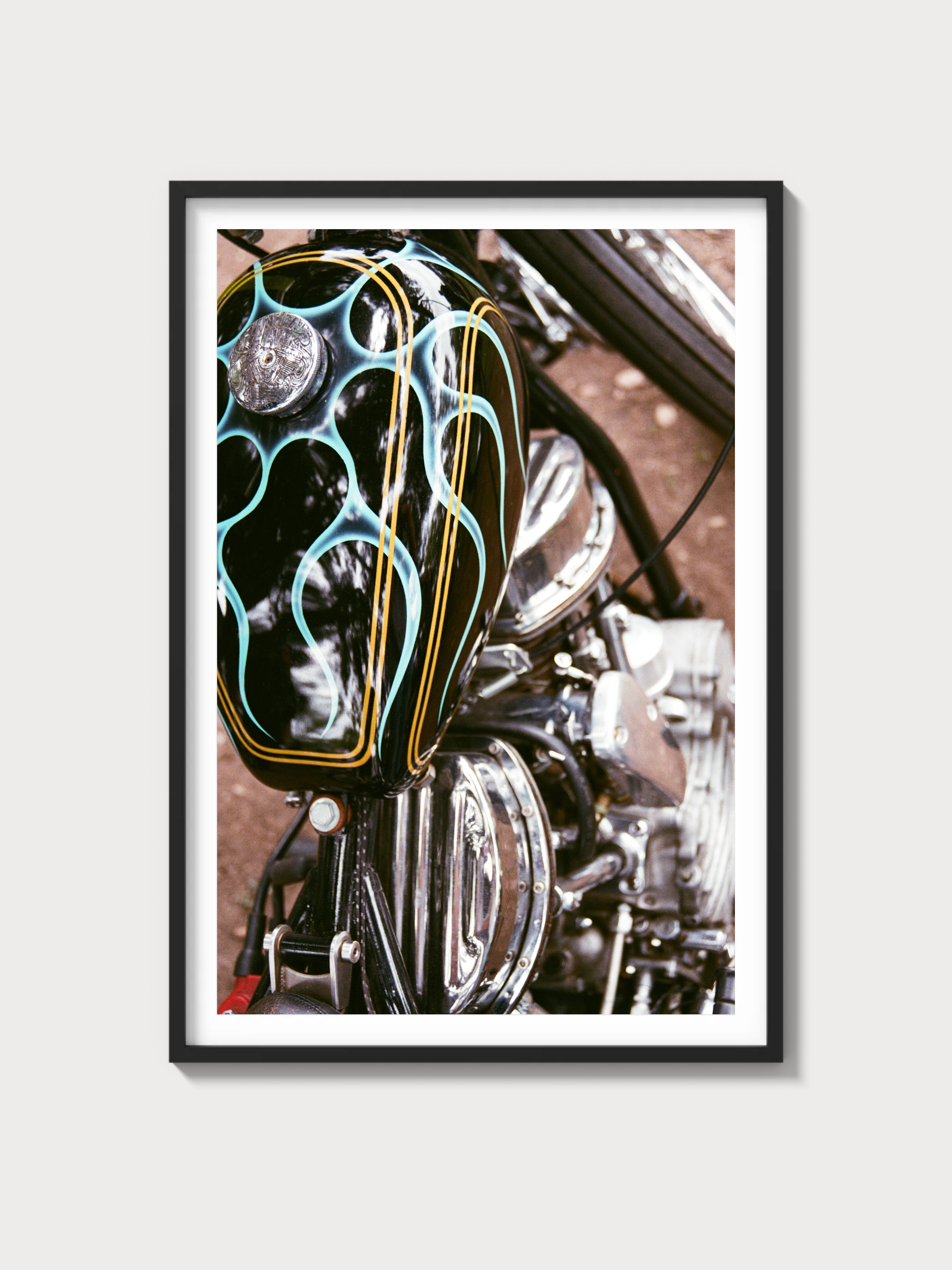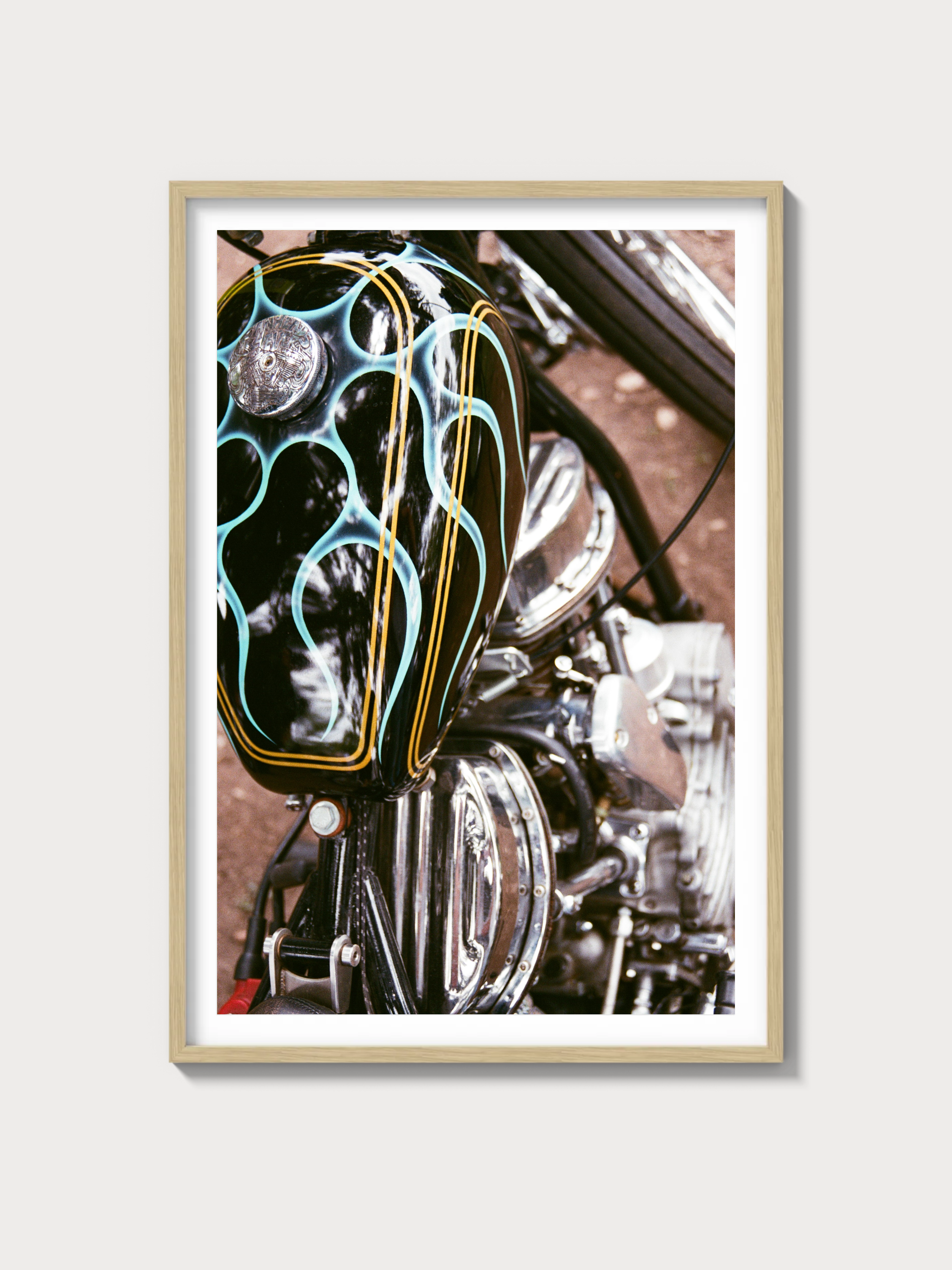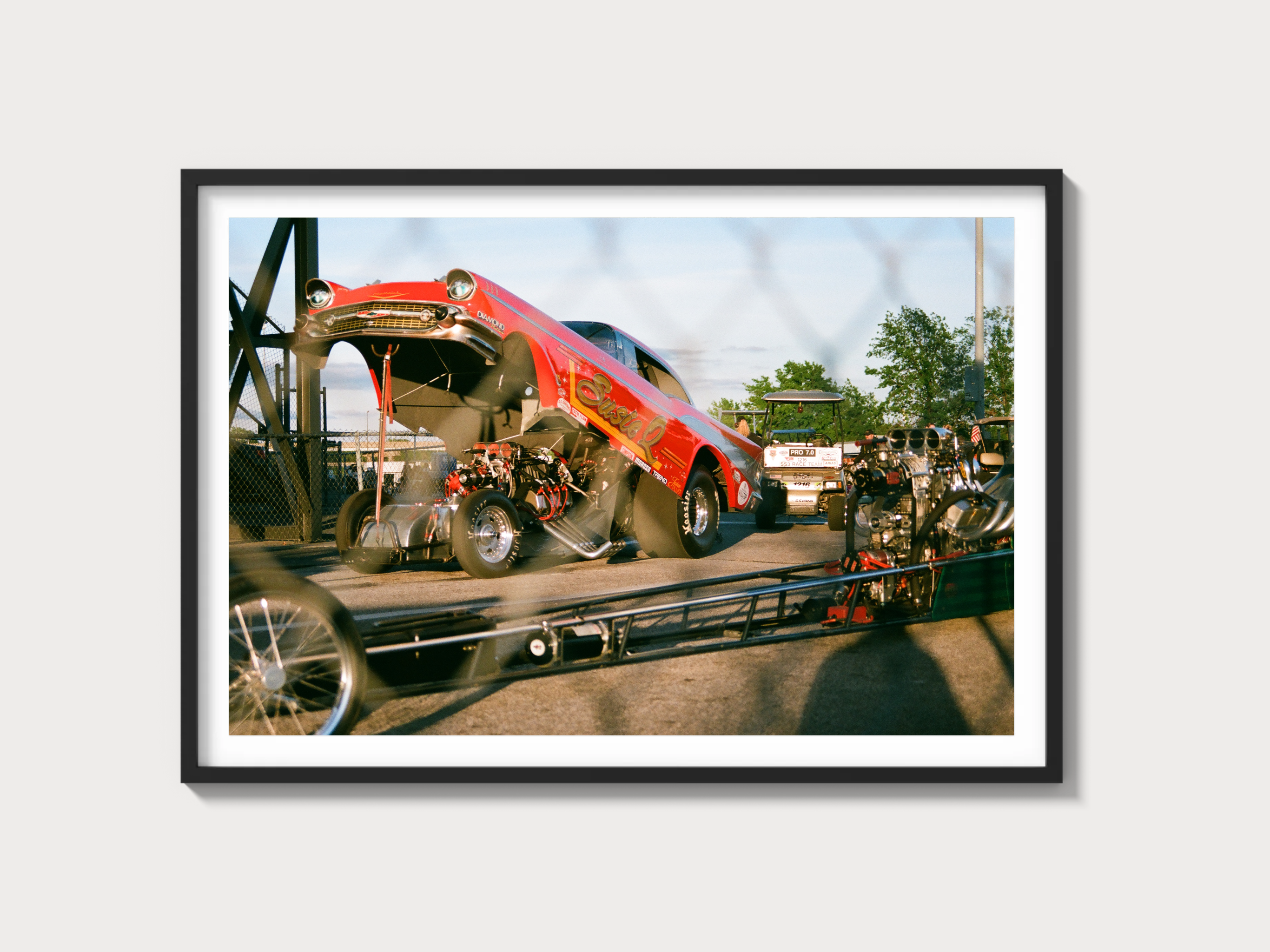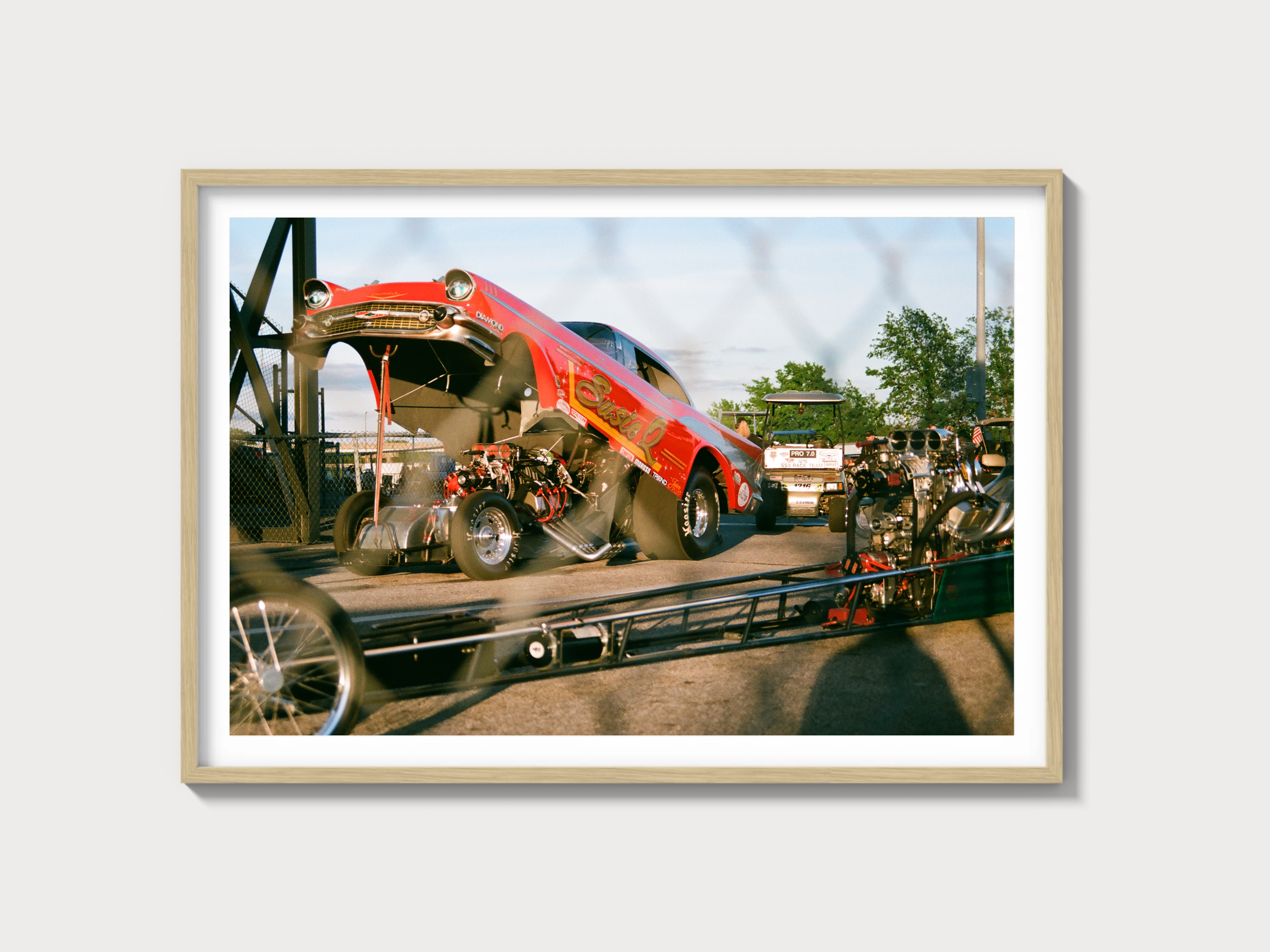The 1984–1996 Chevrolet Corvette C4: A Pioneering American Sports Car
Historical Context and Development
The 1984–1996 Chevrolet Corvette, known as the C4, emerged during an era of significant transformation within the automotive industry. As Chevrolet sought to redefine its flagship sports car, the C4 represented a bold departure from the older C3, embodying advanced aerodynamics, a focus on handling dynamics, and an array of technological innovations. The C4's development was heavily influenced by stringent emissions regulations and the need for improved fuel efficiency, prompting engineers to adopt computer-aided design for enhanced precision.
The C4's debut also coincided with increased competition from European sports cars, pushing Chevrolet to elevate the Corvette's performance capabilities. The influence of motorsport was evident, with Chevrolet's racing programs informing the C4's engineering and design choices, thereby enhancing its credibility on both road and track.
Engine and Technical Specifications
| Engine Configuration | Displacement | Horsepower | Induction Type | Redline | Fuel System | Compression | Bore/Stroke |
|---|---|---|---|---|---|---|---|
| V8 | 5.7 L | 230–405 hp | Natural Aspiration | 6,000 rpm | Fuel Injection | 9.5:1 to 10.5:1 | 4.00 in x 3.48 in |
Driving Experience and Handling Dynamics
The C4 Corvette was lauded for its improved handling and road feel, a significant upgrade over its predecessors. Thanks to its transverse fiberglass leaf spring suspension and a stiffened chassis, the C4 offered a balanced ride with precise steering feedback. The availability of both manual and automatic transmissions catered to a wide range of driving preferences, with the 4-speed automatic and later 6-speed manual gearbox enhancing throttle response.
Full Performance Specifications
| 0–60 mph | Top Speed | Quarter-Mile | Weight | Layout | Brakes | Suspension | Gearbox Type |
|---|---|---|---|---|---|---|---|
| 5.5–6.0 seconds | 150–180 mph | 14.0 seconds | 3,250–3,350 lbs | FR (Front-Engine, Rear-Wheel Drive) | 4-Wheel Disc | Independent | 4-speed auto, 6-speed manual |
Variant Breakdown
- Base Model: Available throughout the C4's production, offering balanced performance and comfort.
- ZR-1 (1990–1995): Known as the "King of the Hill," featuring a unique LT5 engine, 375–405 hp, limited production numbers.
- Grand Sport (1996): Celebrating the end of C4 production, offered with distinctive paint and a performance-tuned LT4 engine.
Ownership Notes
Owning a C4 Corvette today requires attention to its aging technology and potential maintenance needs. Enthusiasts should be aware of common issues with digital dashboards and electrical systems. However, parts availability remains relatively strong, with a robust aftermarket supporting restoration and maintenance efforts. Regular service intervals and thorough inspections can ensure the longevity of these classic sports cars.
Cultural Relevance
The C4 Corvette left a lasting mark on the automotive landscape, featuring in numerous media appearances and gaining a dedicated following among collectors. Its racing legacy, particularly in SCCA events, cemented its status as a formidable performance machine. Despite fluctuating auction prices, the C4's blend of heritage and performance continues to endear it to enthusiasts worldwide.
Frequently Asked Questions
Is the C4 Corvette reliable? With proper maintenance, the C4 can be a reliable classic sports car, though potential buyers should be vigilant about electronic components.
What are the known issues with the C4 Corvette? Common problems include digital dashboard failures, electrical issues, and wear on suspension components.
How does the C4 Corvette compare in value trends? While not appreciating as rapidly as older models, the C4 offers affordable entry into classic Corvette ownership with potential for future value growth.

